‘Is it safe to work out pregnant,’ ‘Scared to exercise while pregnant,’ ‘Does exercise cause miscarriage.’ These are just some of the suggested searches that pop up on Google when looking up pregnancy workouts. Between receiving contradictory information, fearing harm, navigating physical changes, plus limited available education and resources—it’s no wonder why most avoid it altogether.
Prenatal exercise continues to be a big question mark for most expecting moms. Put simply, it’s often seen as confusing and intimidating. According to one 2015 study, about 60% of pregnant women don’t engage in any physical activity. The leading reason? Nearly 50% say they didn’t get adequate information and counseling from healthcare professionals, as revealed by this 2021 survey. Turns out, few healthcare professionals are trained in exercise guidelines, impacting their confidence in advising those who are pregnant.
But make no mistake: working out throughout your pregnancy—with some modifications and expert intel—comes with a plethora of research-backed health benefits for both mom and baby. The American College of Obstetricians and Gynecologists (ACOG) reports that prenatal exercise can reduce the incidence of preterm birth, hypertension, cesarean births, and gestational diabetes. Working out during this time can also reduce pregnancy pains, aid postpartum recovery time, and lower the risk of postpartum depressive disorders.
So, how do you move for two—safely and confidently? Allow us to introduce The Prenatal Training Program, obé’s first-ever pregnancy workout program. We turned to obé’s Programming Director Melody D., a NASM CPT + PROnatal Pre/Postnatal Certified fitness instructor (who has taught at obé through two pregnancies!) for the full 101.
The Prenatal Training Program: How It Works
Prenatal Training is a 4-week progressive, strength-based pregnancy workout program designed to guide any mama-to-be through all four trimesters. Each week, you’ll complete a 10-minute Express Prenatal Core class (which includes breathing and pelvic floor exercises), a 28-minute Upper Body Strength session, a 28-minute Lower Body Strength, and a 28-minute Full Body Sculpt. In between training days, you can go for active recovery or any obé cardio of your choice!
Bonus points: Both of your instructors—Kathryn A. and Sam G.—are a) PROnatal certified fitness experts and b) totally pregnant throughout the entire program! And don’t forget—the program was also thoughtfully designed by a mom-of-two. It’s (super) beginner-friendly, and all you need are a pair of light and medium weights, plus a chair. Barre ball and resistance loops are optional!
Unlike other workout program options for pregnant women, Prenatal Training incorporates the principle of ‘progressive overload,’ a non-negotiable for proper strength gains and fitness results. Essentially, it means each of these classes will build in complexity over time, gradually challenging your body more and more so you can safely adapt.
And because we know good education makes all the difference in having a stress-free pregnancy (and beyond!), you’ll also find a weekly Audio Talk with our experts to supplement your training. Topics on the lineup include Prenatal Training 101 (aka demystifying what is ‘safe’ during pregnancy), Prenatal Nutrition, Prenatal Stress Management + Mindfulness, and Prenatal Sleep Practices. We love a holistic approach!
“Pregnancy is a time when our body goes through so many adaptations,” says Melody. “While a lot of it can be mediated and supported by fitness, these other elements will all work together to support your well-being. Learn about stress management now so that when the little one arrives, you’ll already have the tools to manage.”
The Benefits of Prenatal Training and Pregnancy Workouts
Now, let’s talk about results. Moving your body—pregnant or not—comes with overwhelming physical and mental benefits. That’s also true when you’re pregnant and especially with strength training.
“Pregnancy is not a time to stop training,” says Melody. “And it’s also not a time to stop looking to improve your strength or make fitness gains.” Regular prenatal workouts can boost mood, improve sleep, and help prepare your body for labor and the new functional movements of motherhood (like picking up a car seat or putting your baby in the crib). It also helps alleviate pregnancy aches, prevents excessive gestational weight gain, and can reduce the risk of high blood pressure during pregnancy. It’s great for your baby, too! Pregnancy workouts can boost your baby’s heart health and BMI while improving cognitive and motor skills tests, according to a recent study.
So how does The Prenatal Training Program stand out? It’s designed specifically to maintain and increase your strength while supporting overall movement quality. By training your muscles, you’ll feel relief from those pregnancy aches and confidently navigate the world with your changing body. Following these classes will also help build muscular endurance to support the demands of labor, motherhood, and beyond.
Getting into the nitty-gritty, you’ll also get a full education on pelvic floor exercise, understand how to work your core safely and effectively (yes, working your core is safe with the right modifications!), and learn how to safely move weight around.
“As you go through pregnancy, your body needs to be able to carry a significant amount of load—think now (hi baby belly) and post-pregnancy,” explains Melody. “The second we scale back on weight-bearing activities, we’re doing ourselves a disservice. The more we can train and support our muscles and joints, the better.”
How to Supplement Pregnancy Workouts with Cardio
Okay, so you know the deal with your strength training—but what about cardio? A well-rounded fitness routine needs both to most effectively benefit your health. On your active recovery days from Prenatal Training, go for any cardio option that feels good. In uncomplicated pregnancies, the ACOG recommends aiming for 150 minutes of moderate cardio activity each week (just like when you’re not pregnant!).
“Walking, jogging, running, cycling, even HIIT—whether it’s low or high impact—are all on the table, so long as they don’t cause you any discomfort,” explains Melody. “A typical rule of thumb I turn to for cardio pregnancy workouts is using my Rating of Perceived Exertion, or RPE. Heart rate is not reliable at this time due to the changes in blood volume and swelling.”
On a scale of 1 to 10—with 1 being chilling and 10 being maximal effort—you’ll want to stay at a 7 out of 10 or below, she recommends. “If you’re getting intense in a cardio session, make sure you’re only getting to a point where you’re breathy but not completely breathless. That’s your safe zone.” Sticking to a 4-5 out of 10 is good enough for your 150 weekly minutes, by the way.
Pro tip: If you want to try a more adventurous pregnancy workout like Dance Cardio, HIIT, Boxing, or Endurance, browse through obé’s cardio classes using the prenatal fitness level filter.
Who Should Take Prenatal Training on obé?
This progressive series is appropriate for any mama-to-be—especially those in their second and third trimesters, with movements and modifications that safely adapt throughout the pregnancy journey. But because every pregnancy is different, always make sure to get the green light from your doctor (preferably one with knowledge of exercise science!) before you start any new routine.
If you’re nervous about working out while you’re body is changing, that’s understandable. “Start where you’re at,” says Melody. “Meet your body where your comfort level is.” She recommends starting class with just your body weight (remember, weights are always optional) and having a support system nearby. Think: using a chair for stability or finding a pillow to get you closer to the ground—your prenatal training coaches will cue you through the options and modifications!
“The mindset shift that helped me most throughout my pregnancies is thinking less about what I can’t do, and instead focusing on what I can do,” says Melody. “And you can do a heck of a lot! There’s so much you’re capable of, and only a handful of things to be mindful of. Empower yourself to listen to your body, but know that we’ve got you. We will always make sure you’re safe.”
I Tried Prenatal Training and Loved It—What’s Next?
This program is designed to be something that can be repeated and progressed! Remember our explanation on progressive overload? That means you can do this program again and just change a variable (like weight load or time resting) to continue leveling up. If you want to do Prenatal Training three times in a row, you’ll still see new results!
“You might also find that as you go through your pregnancy, the natural changes of your body will change how you show up to your workouts,” explains Melody. “So taking this program during your second trimester will naturally feel different than doing it in your third.”
If you want to customize your training further and work with a coach for extra accountability and support, obé Personal Training is a great next step (p.s. Melody is a coach!). Otherwise, you can take the learnings from this program and apply them wherever and to whatever you’d like! “The goal is to provide you with the education and toolkit to take any class or program at obé and know how to modify and adapt successfully,” says Melody.
Whether you want to browse through our Prenatal Hub, prenatal workout options, 10k+ on-demand workouts, or 24+ other fitness programs and challenges—you’ll feel confident moving for two, we guarantee.
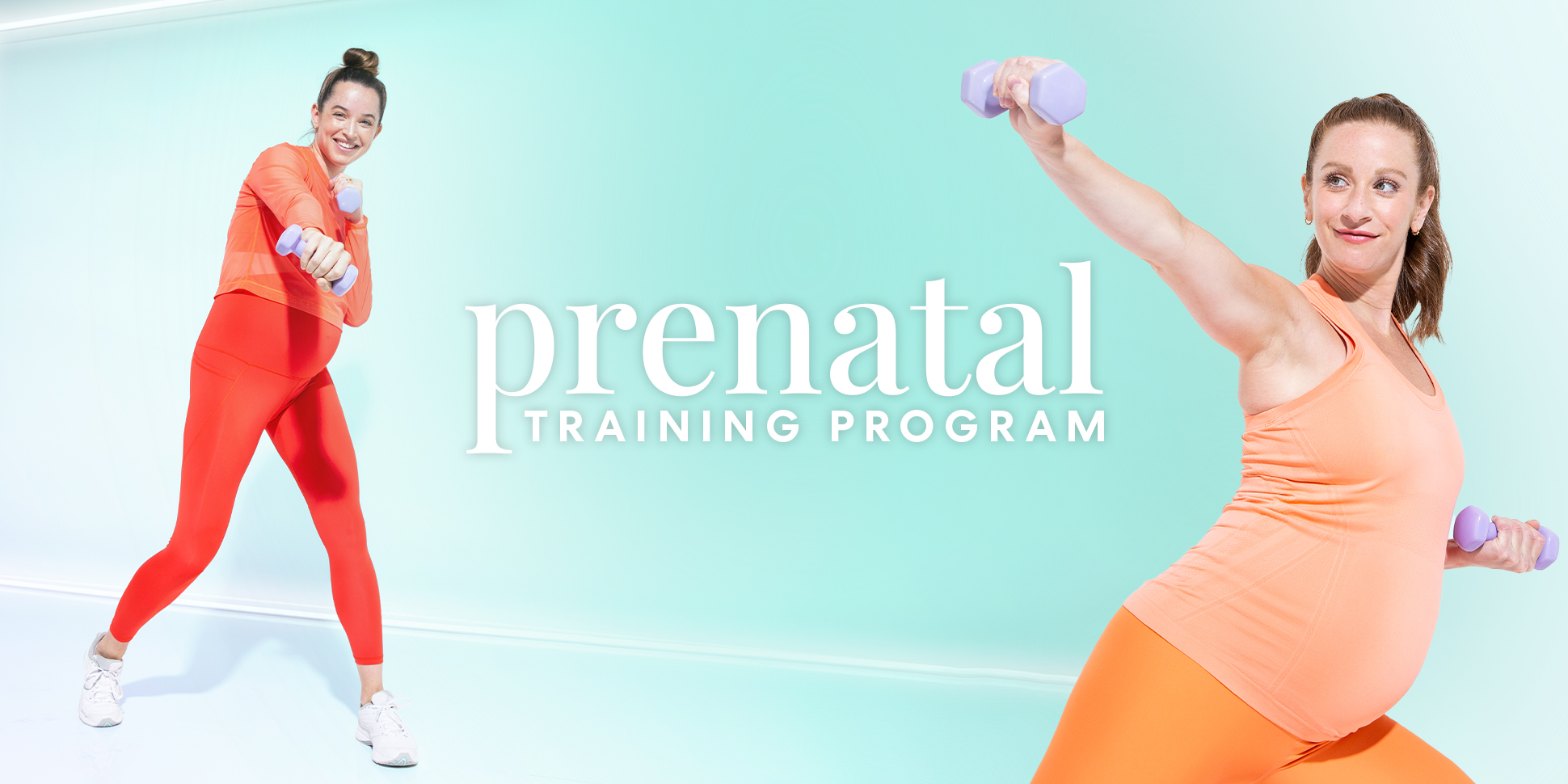




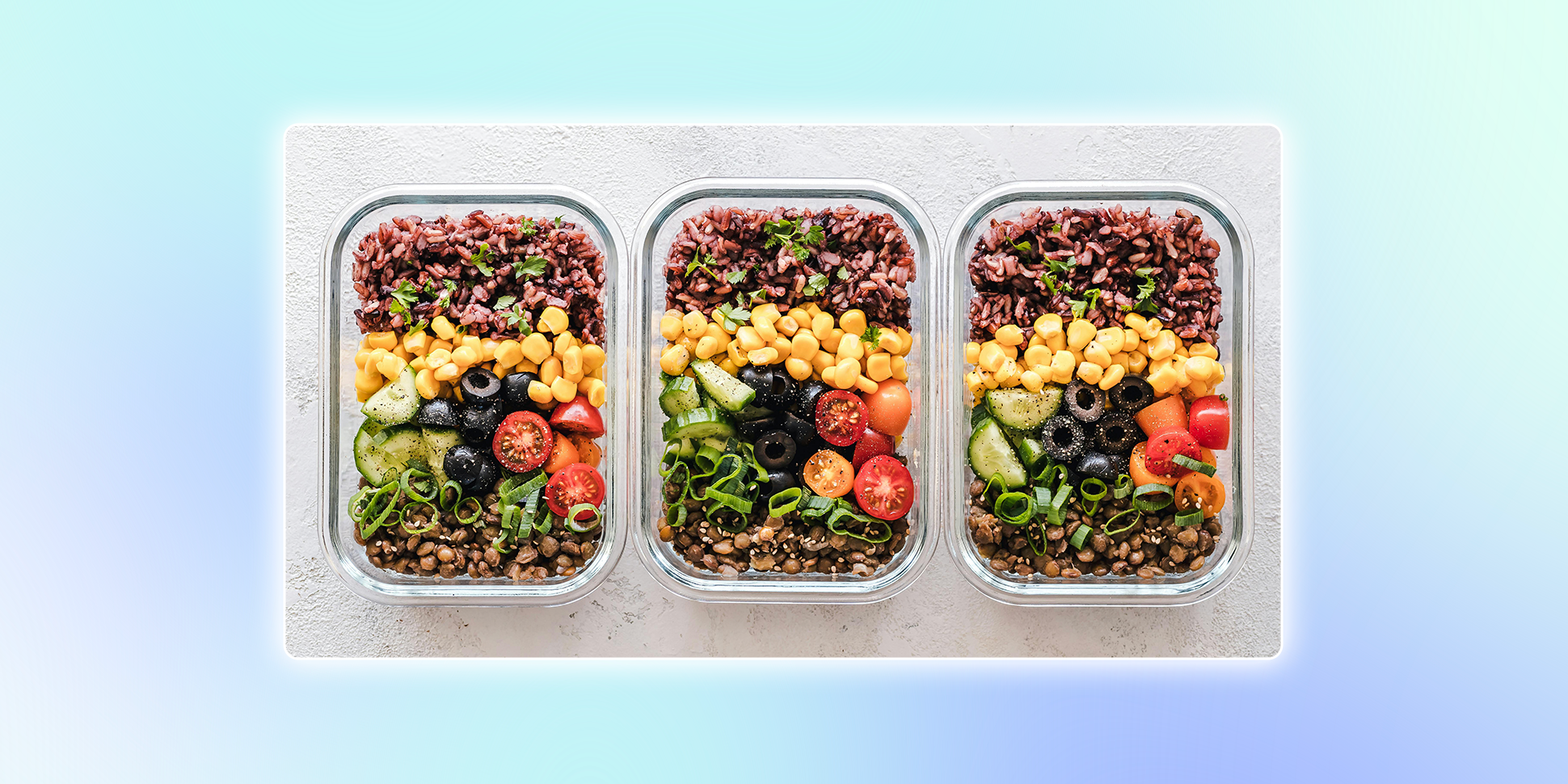
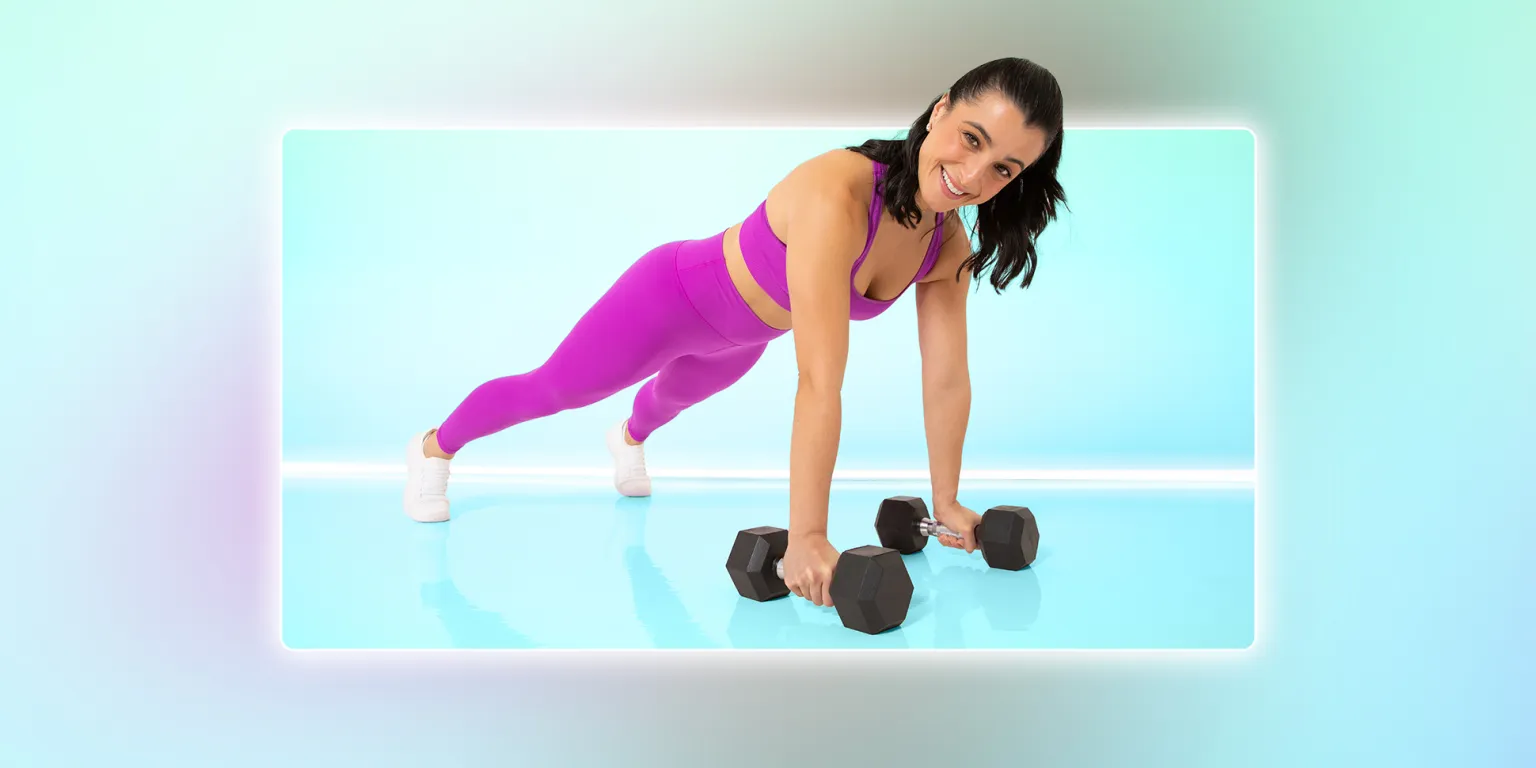


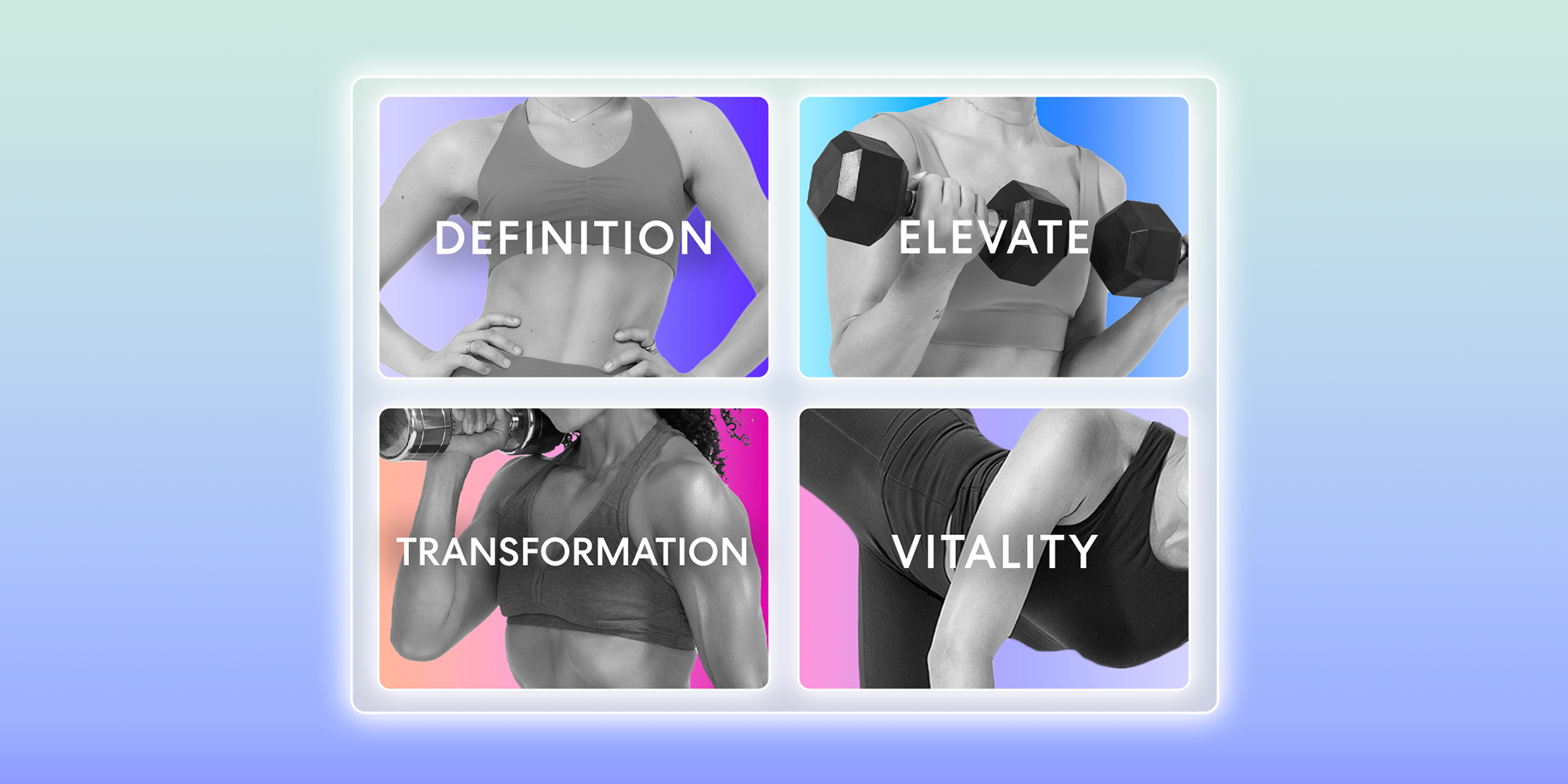





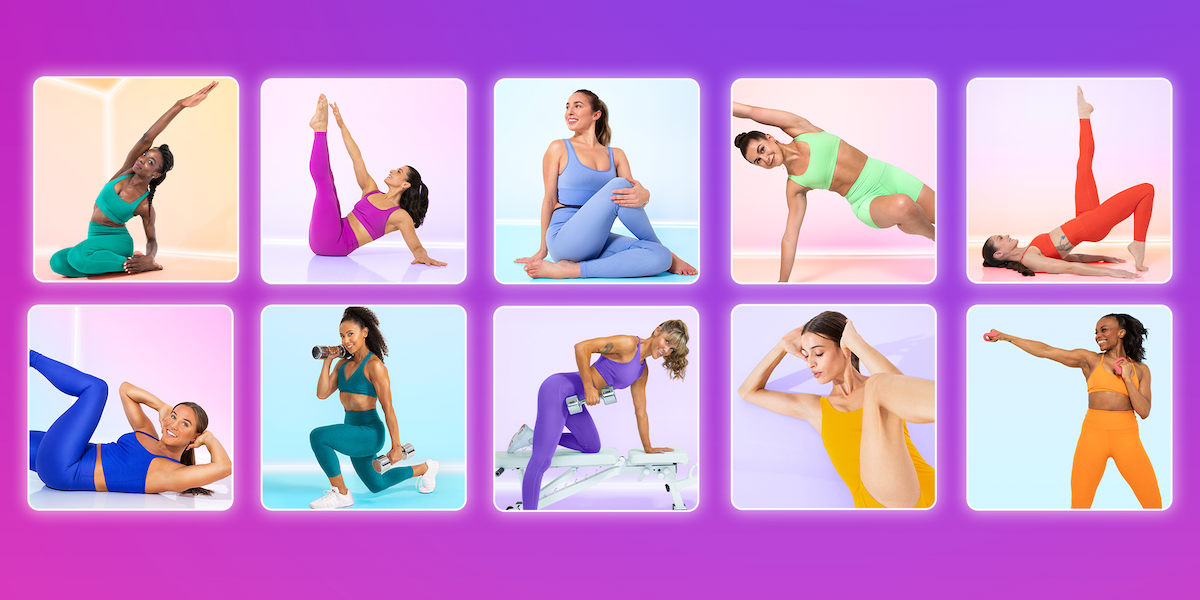





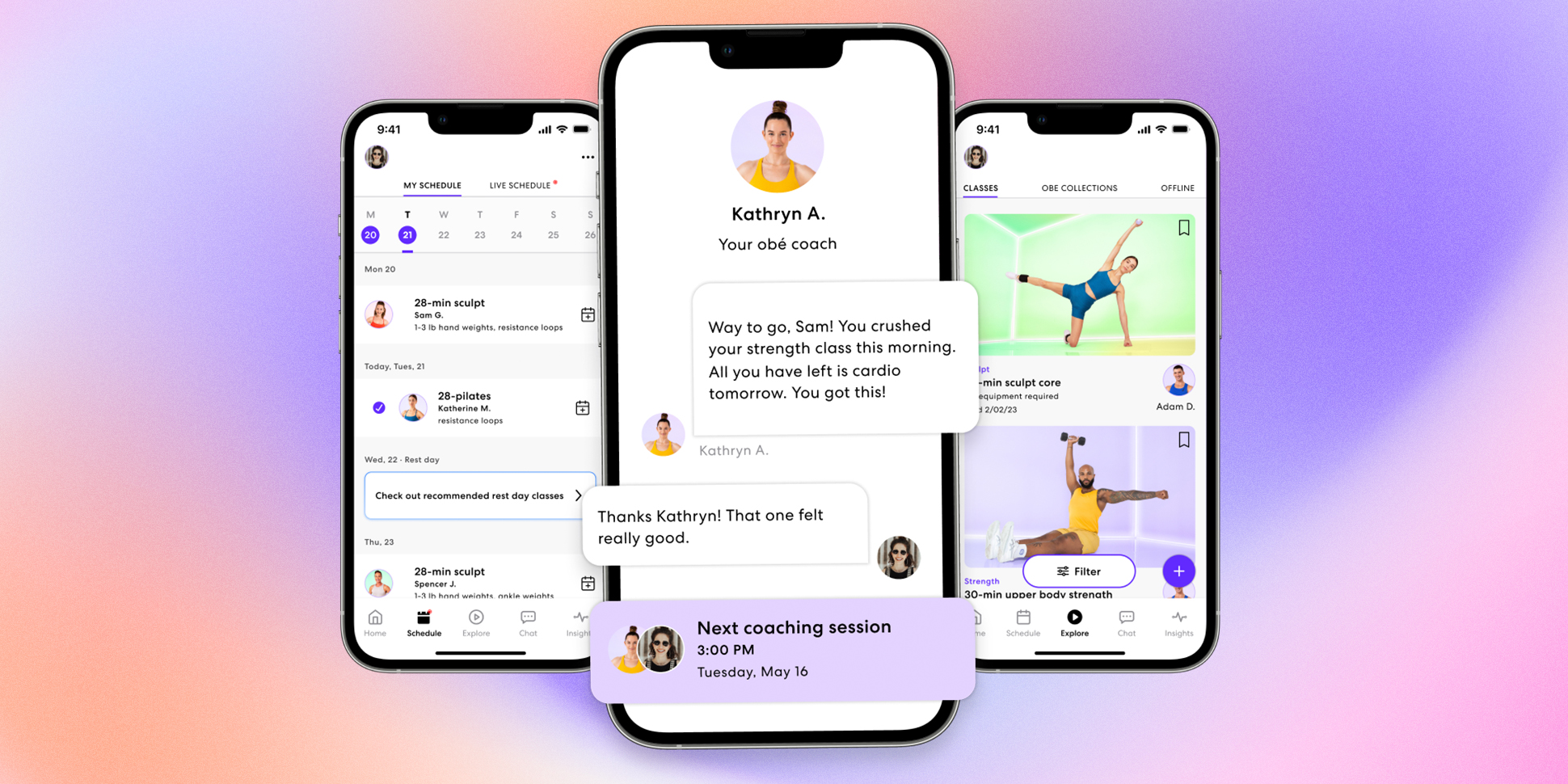









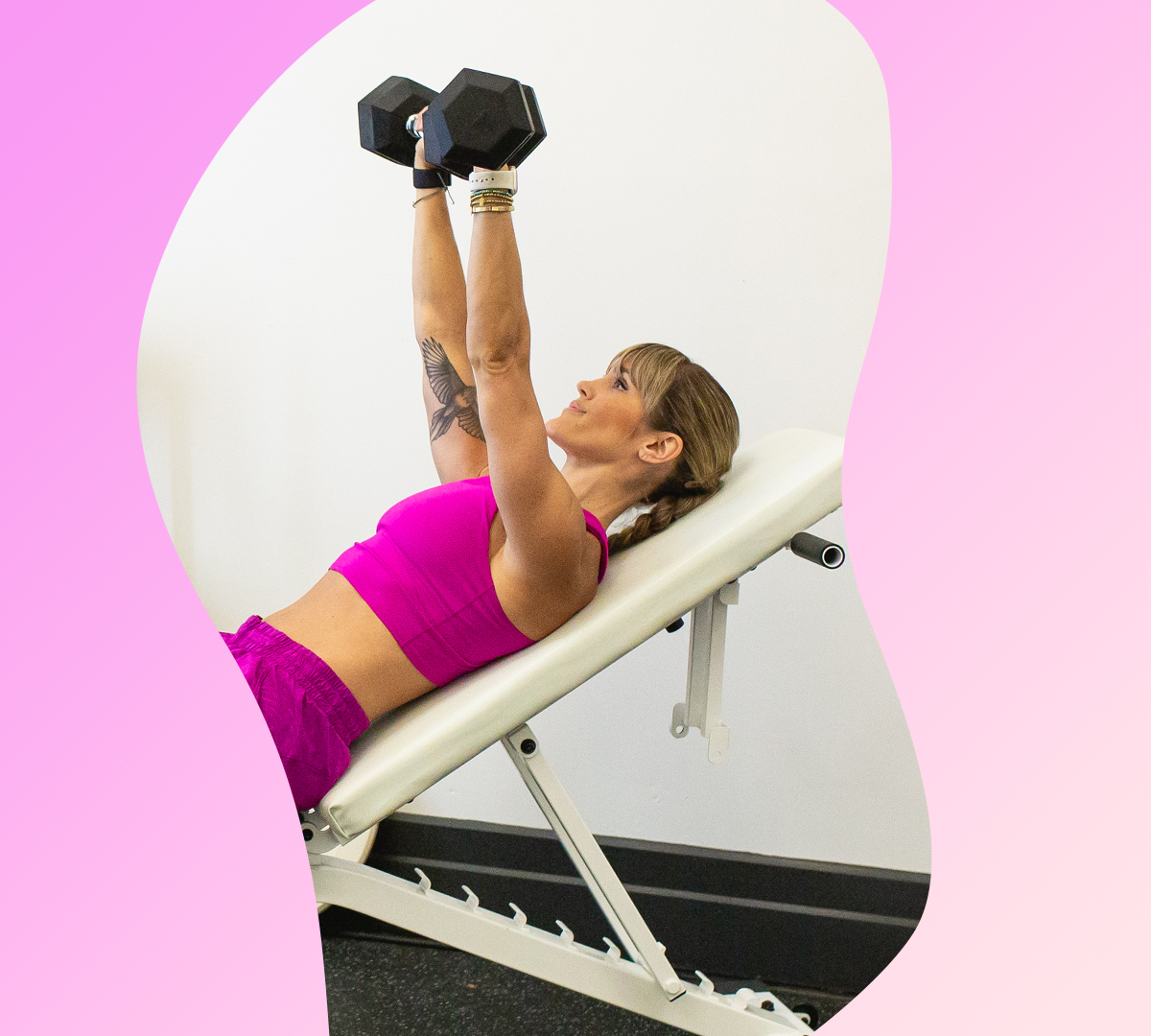



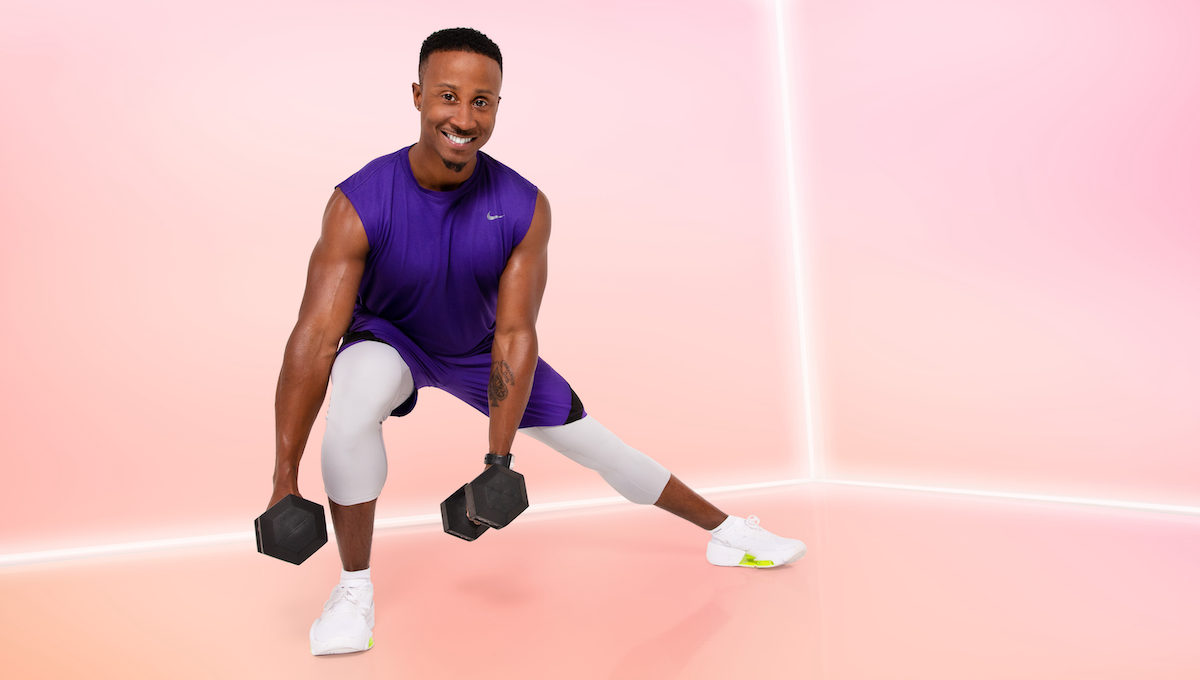





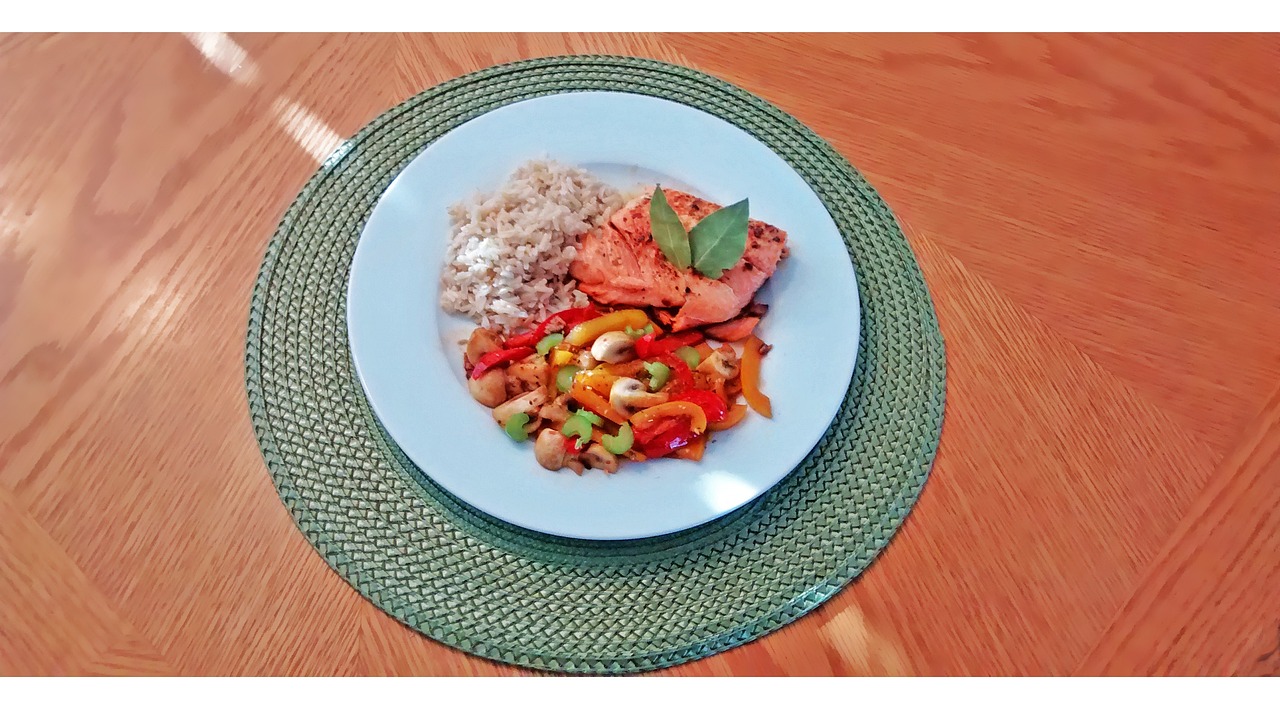


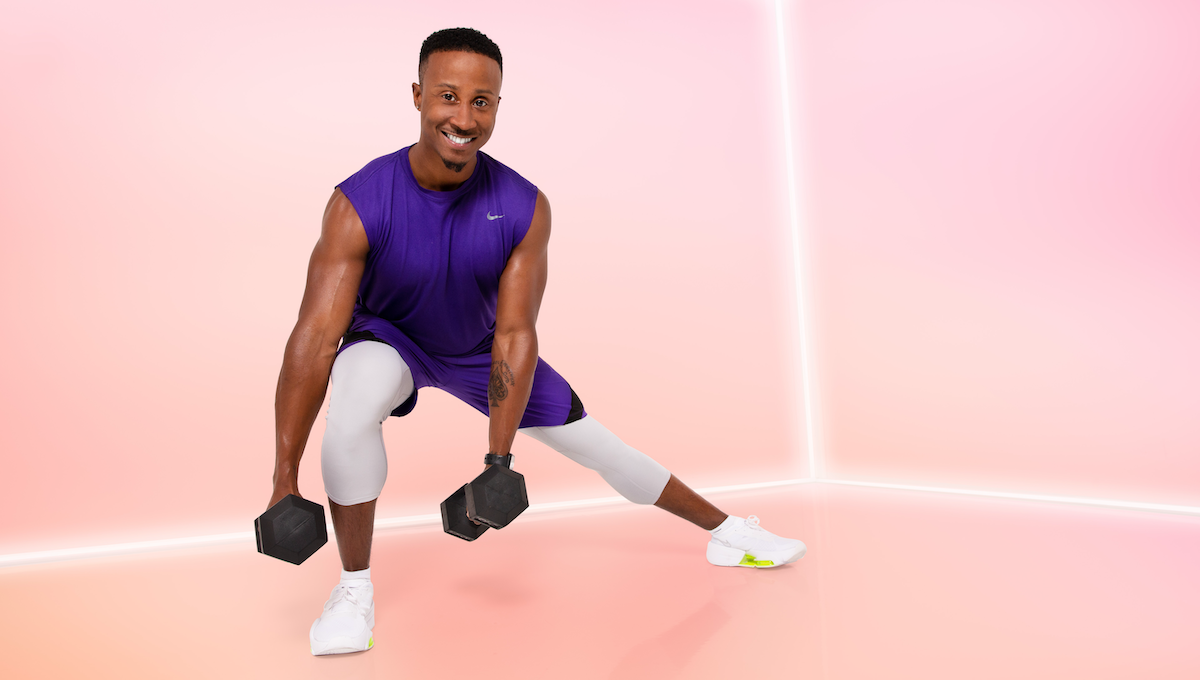


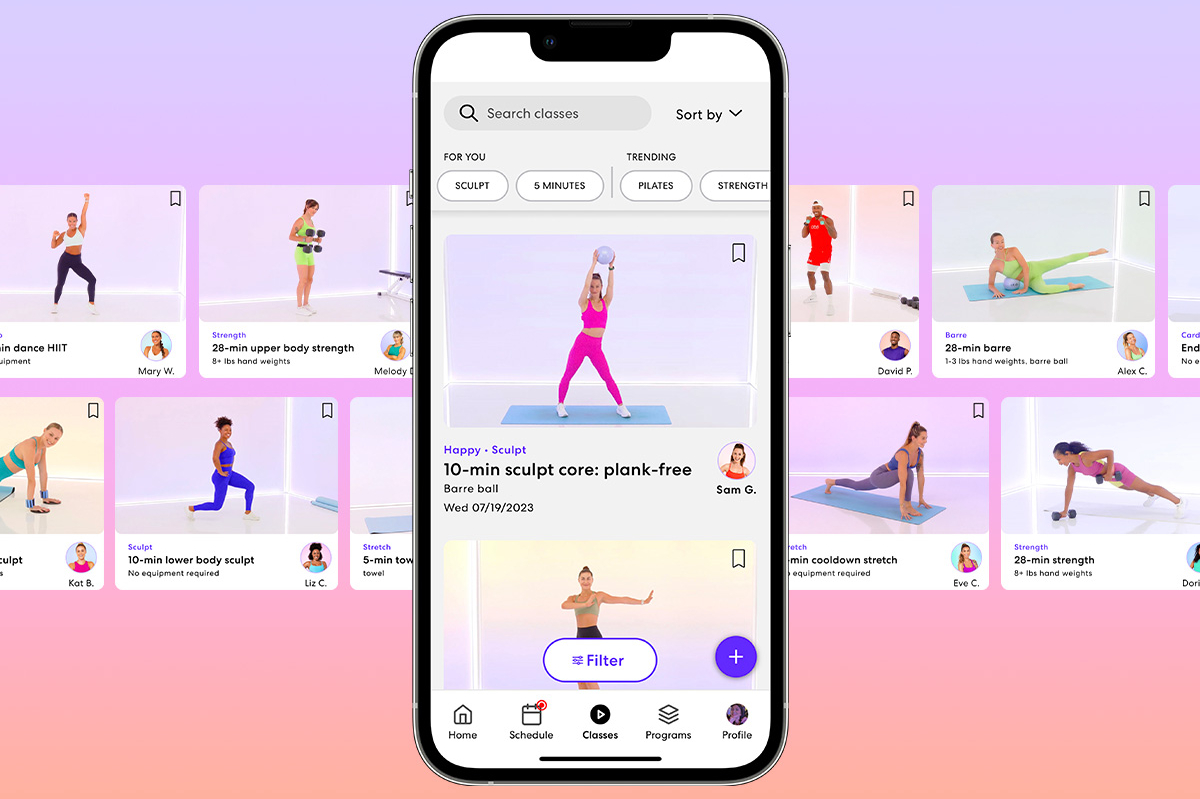

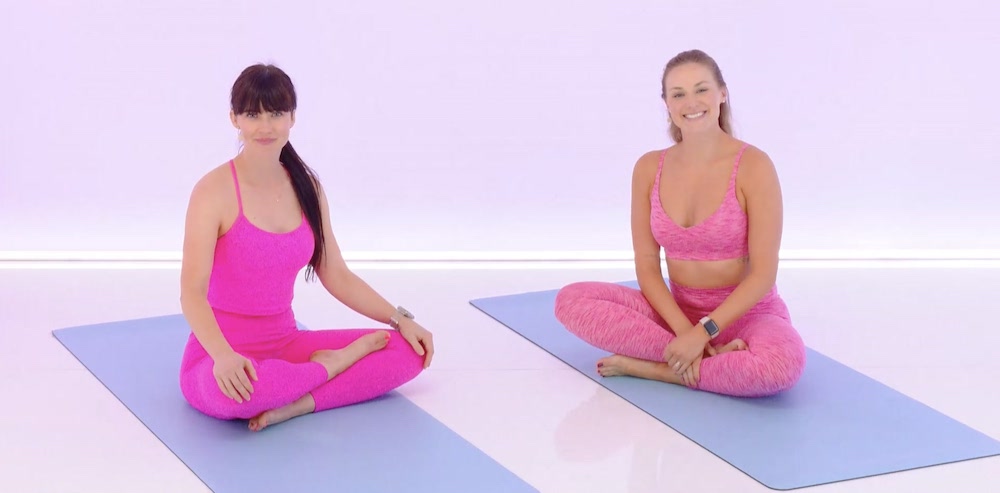


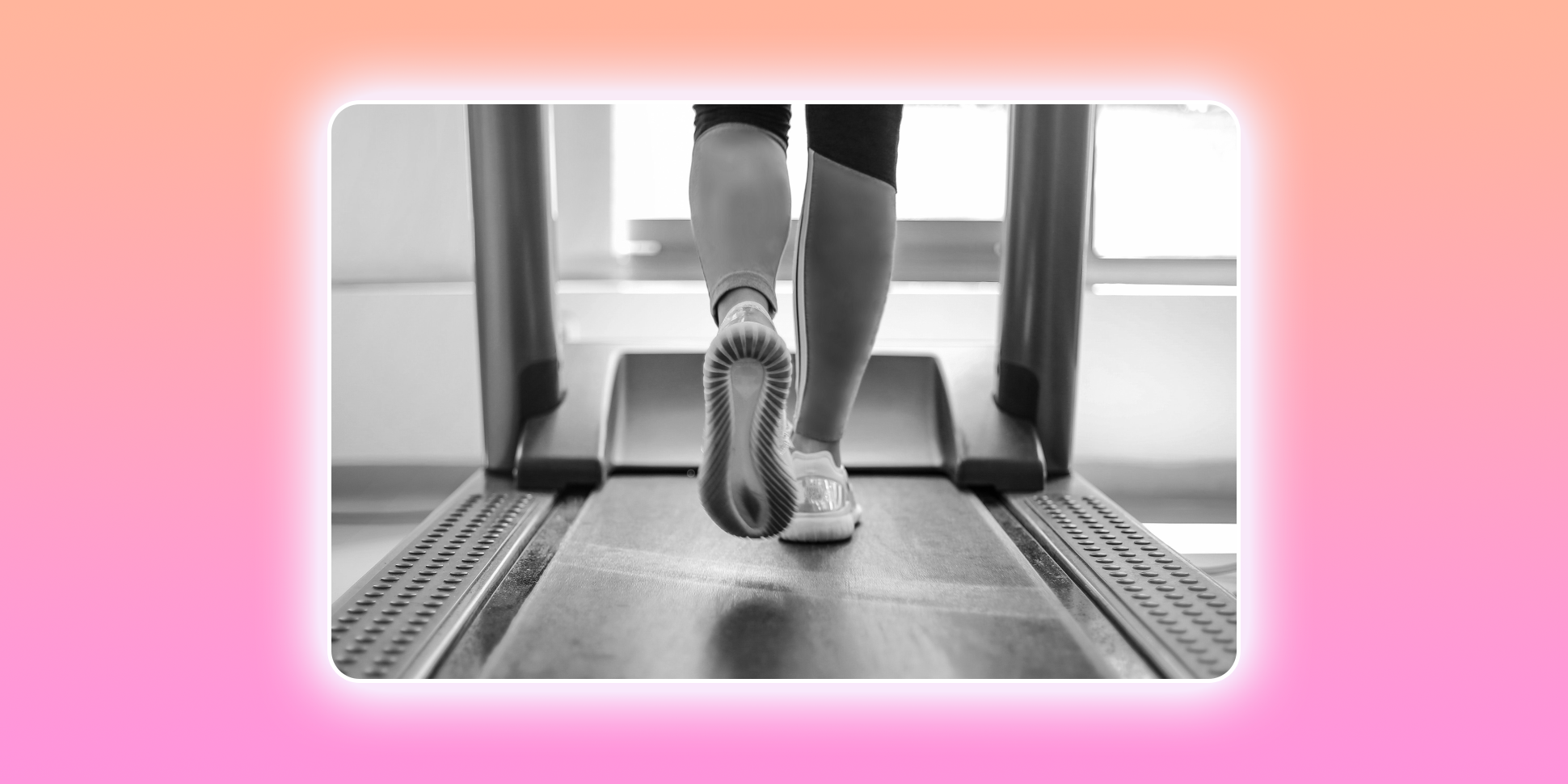


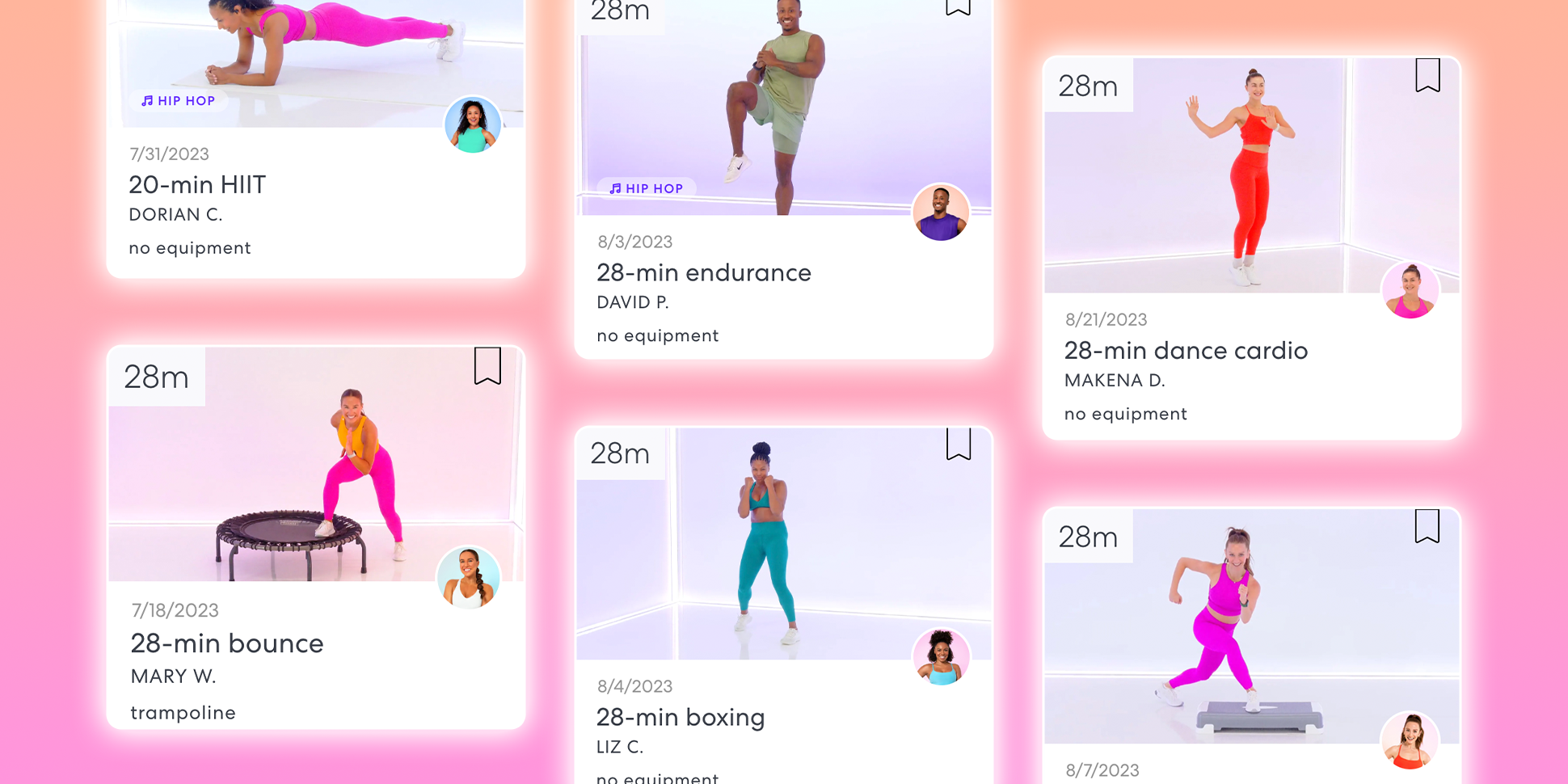

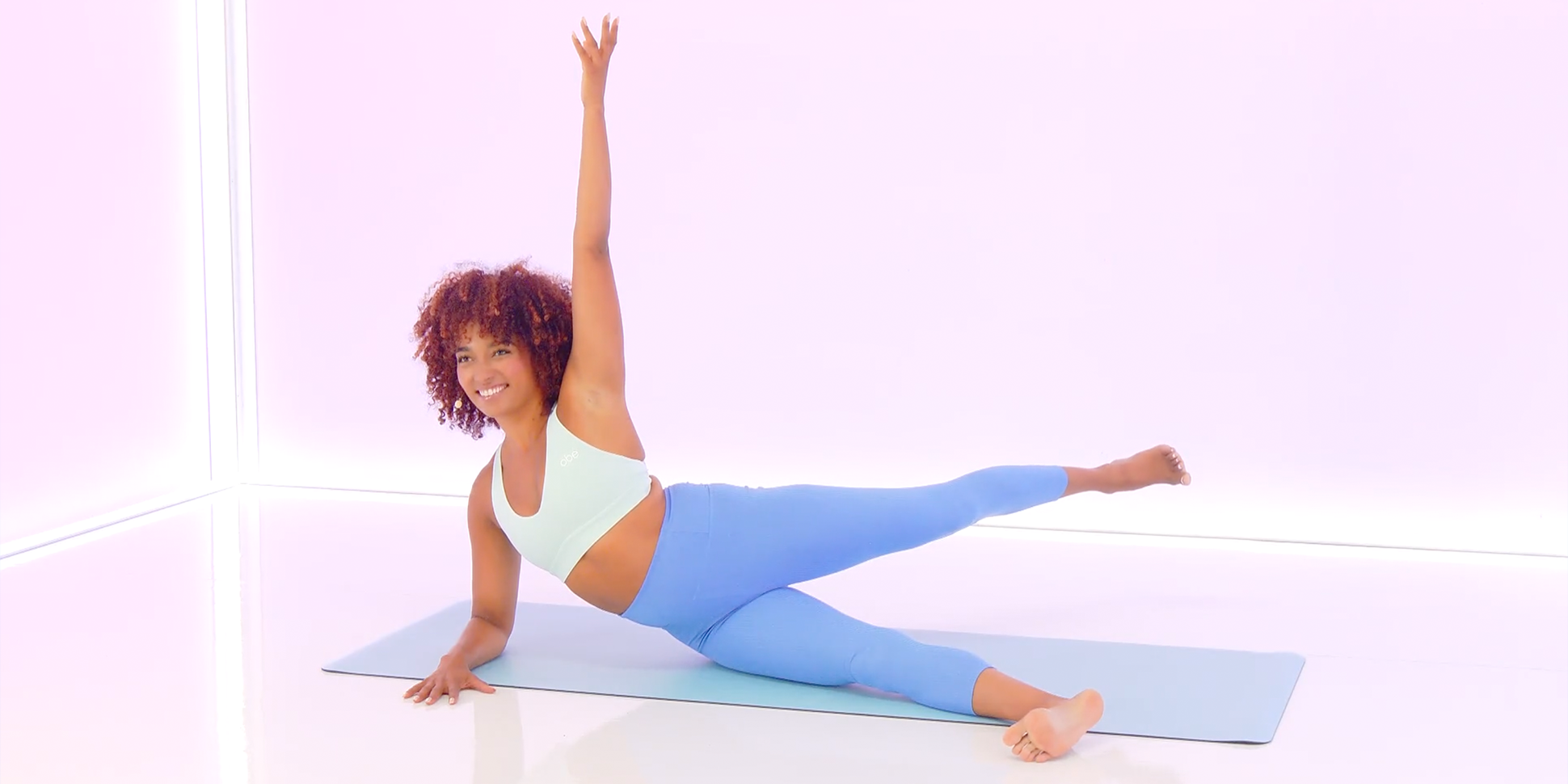
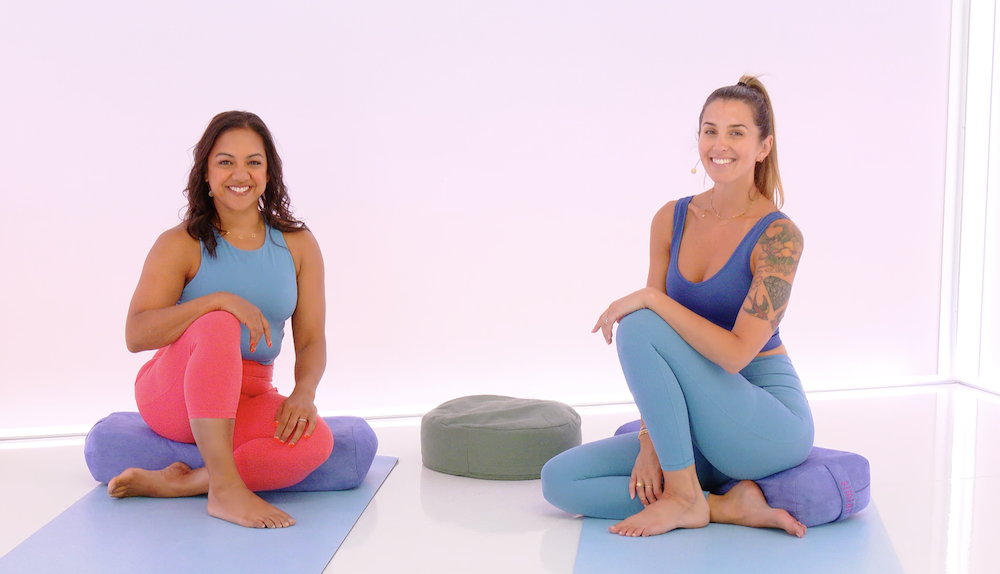



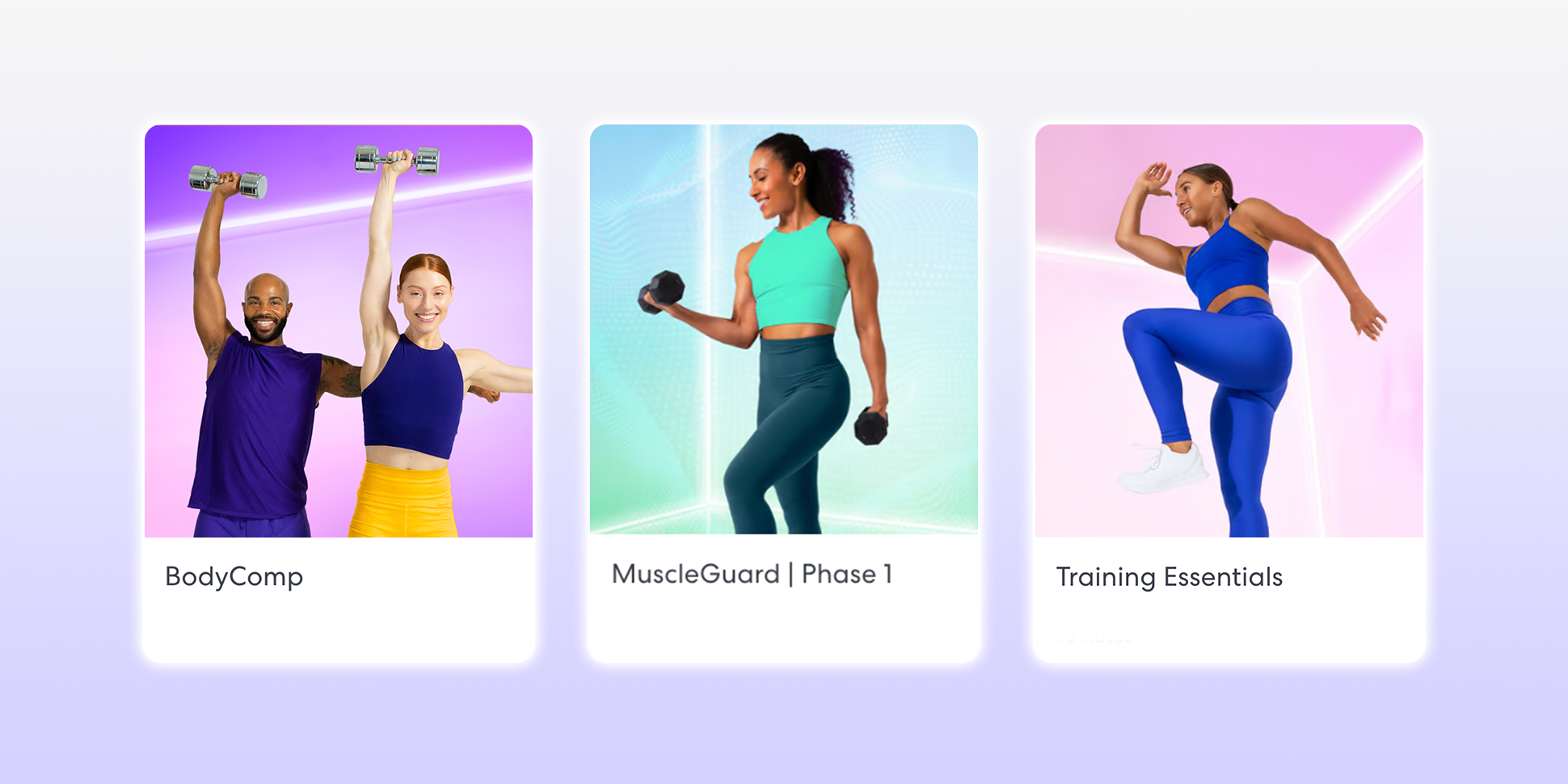





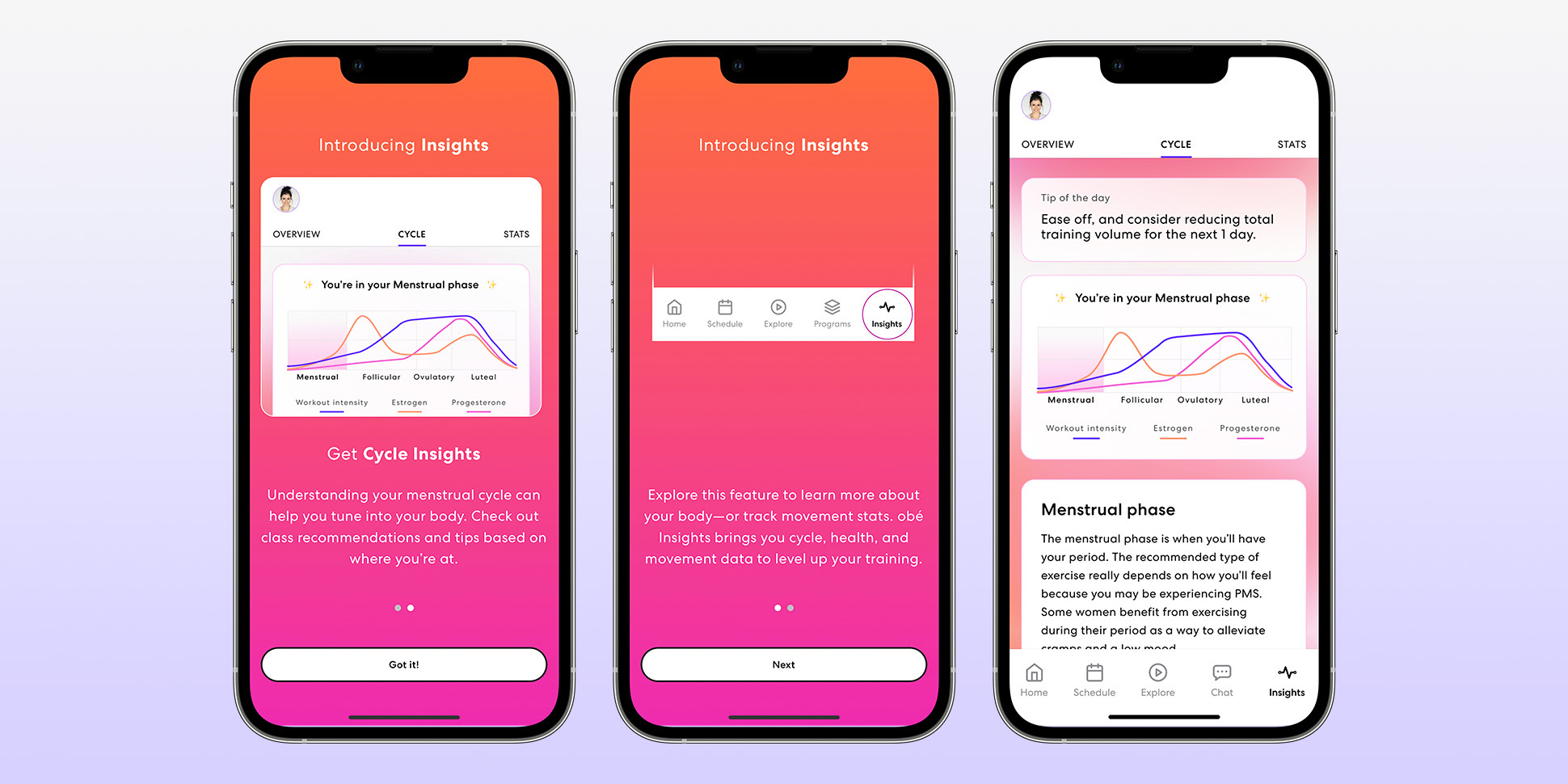

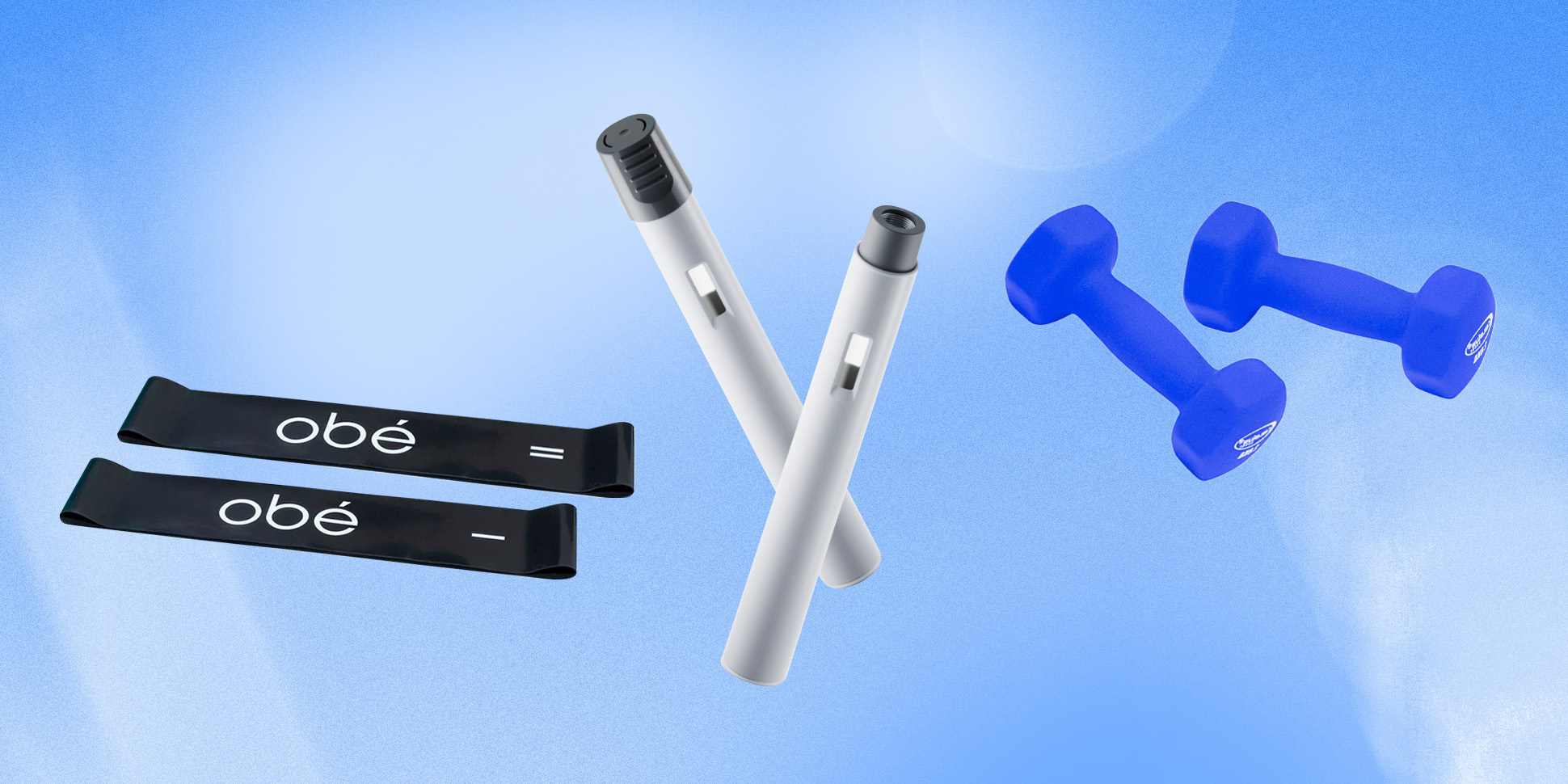

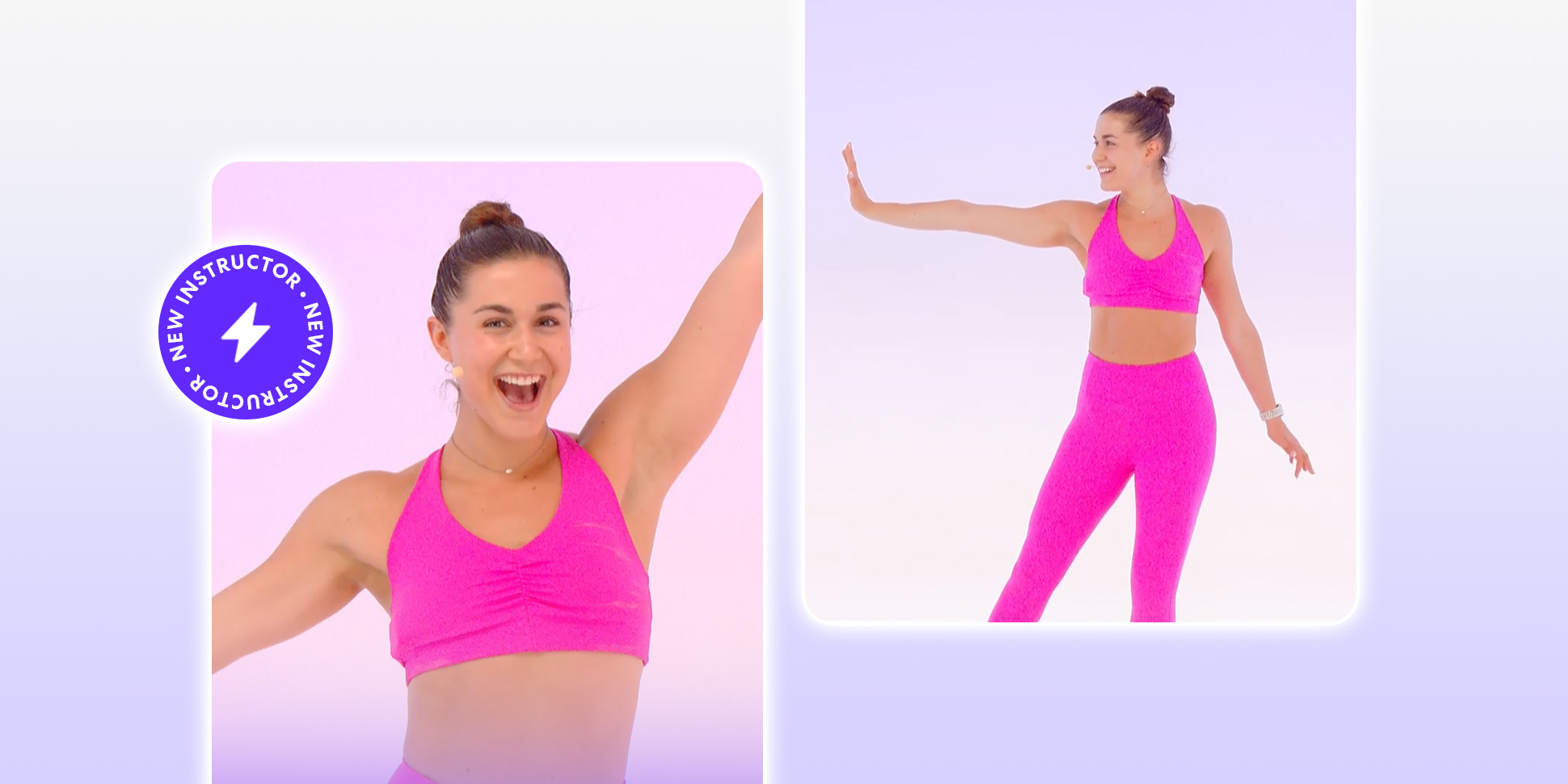









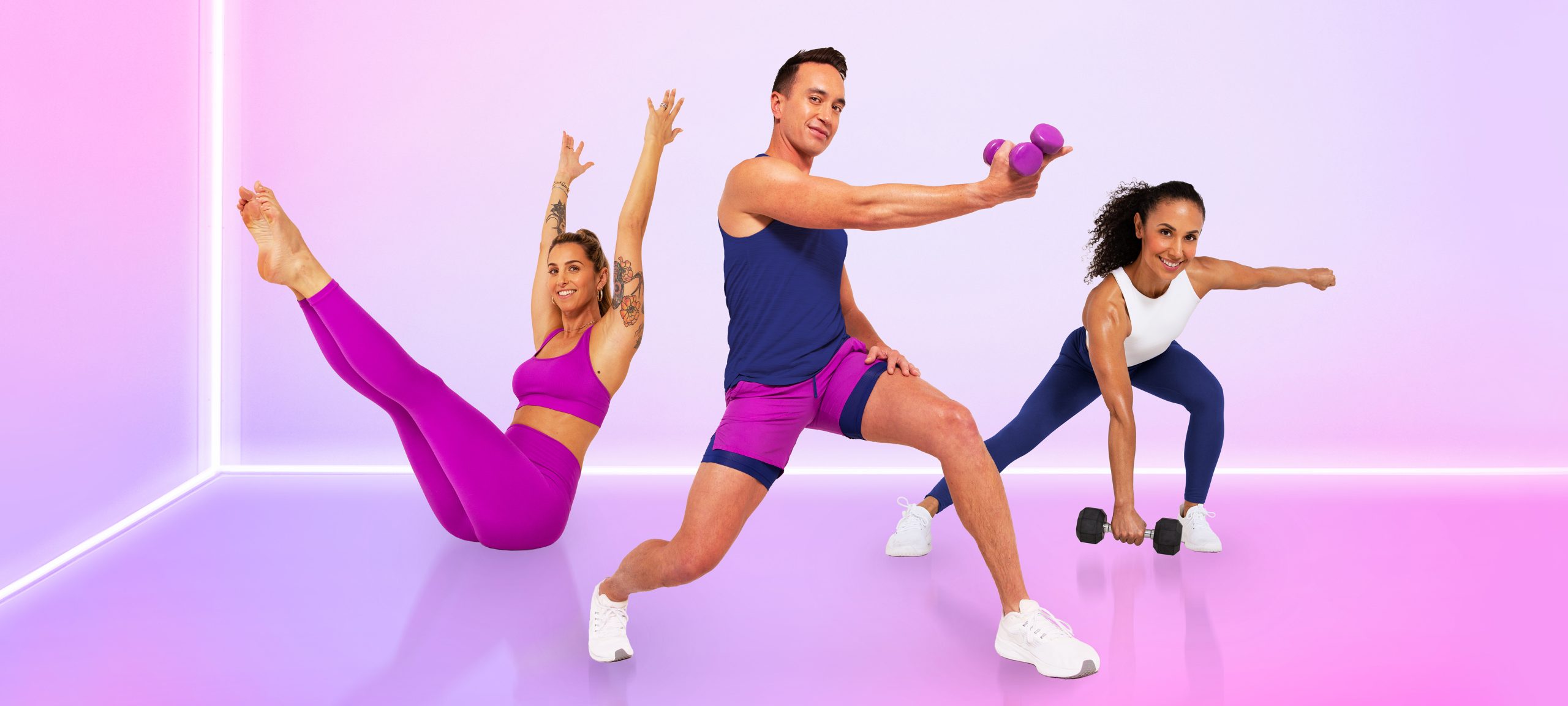
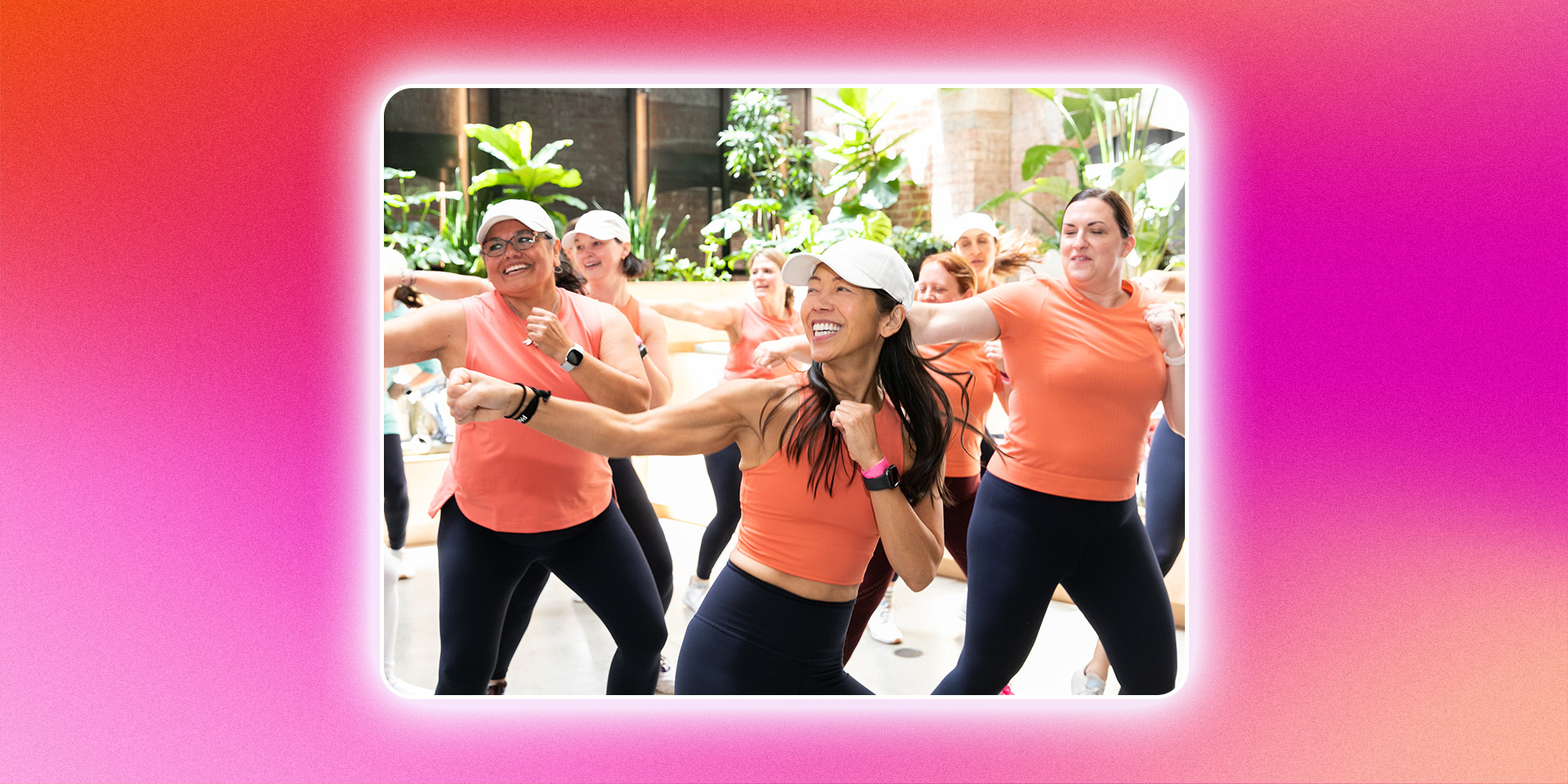









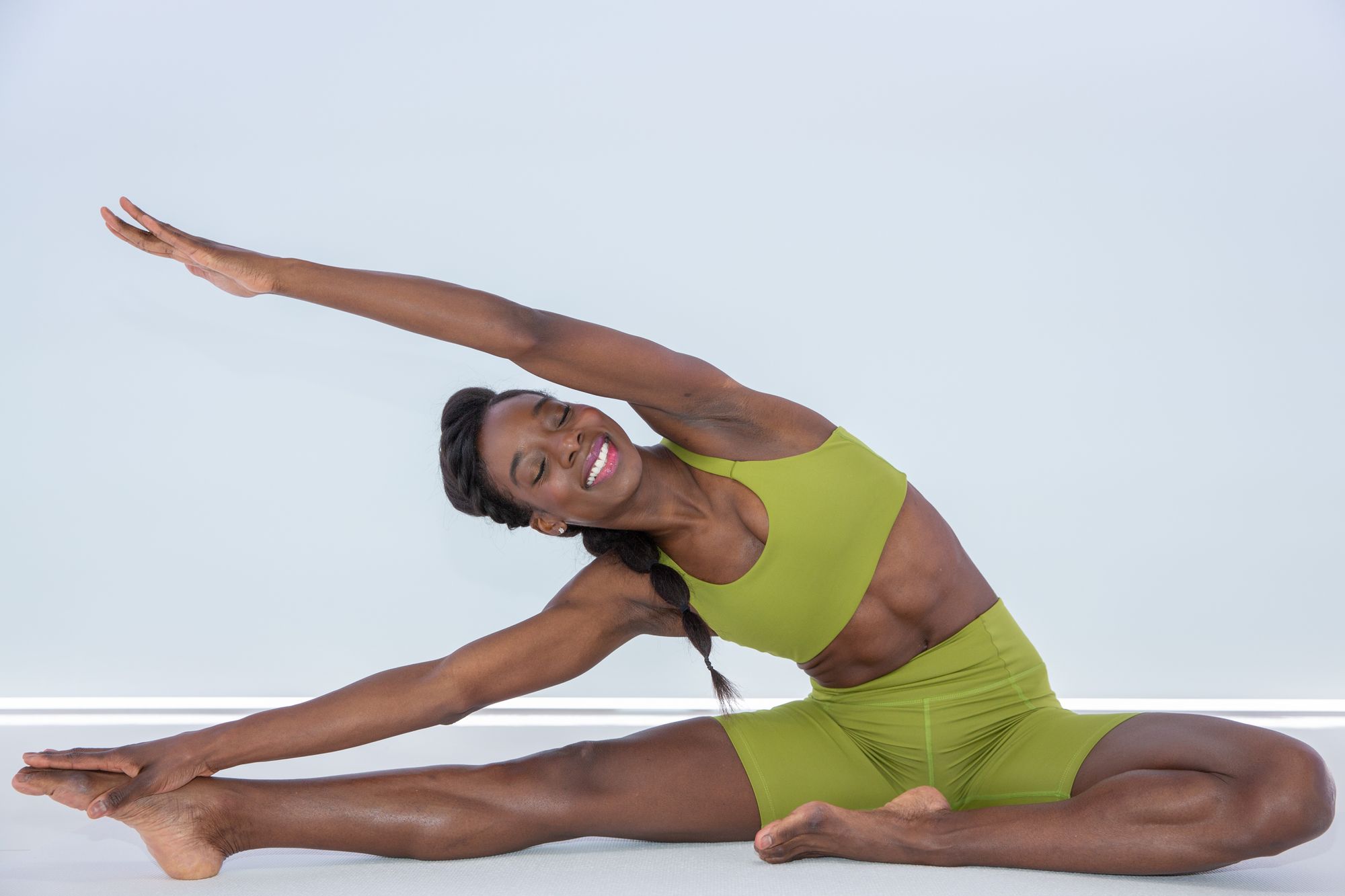




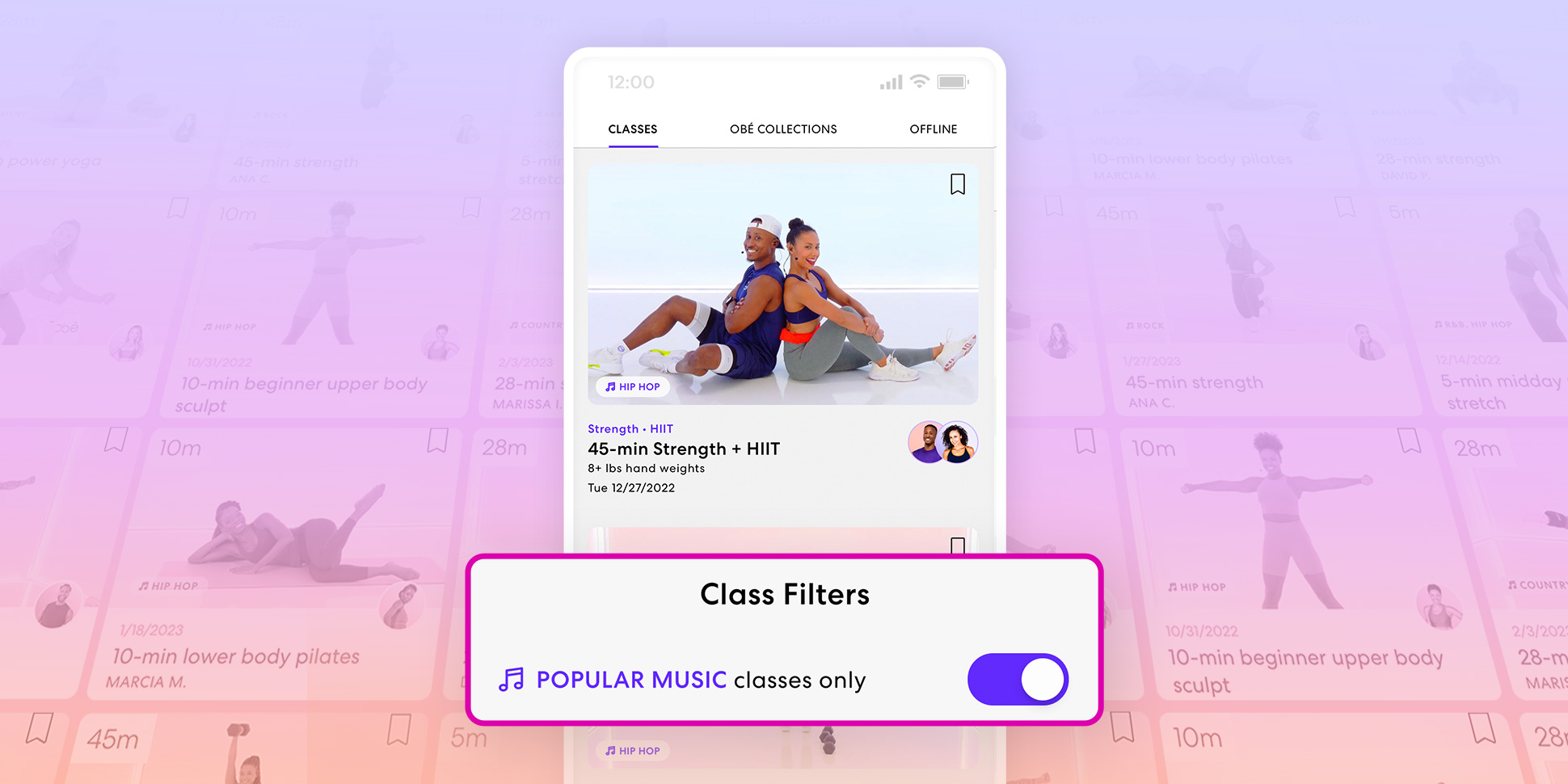
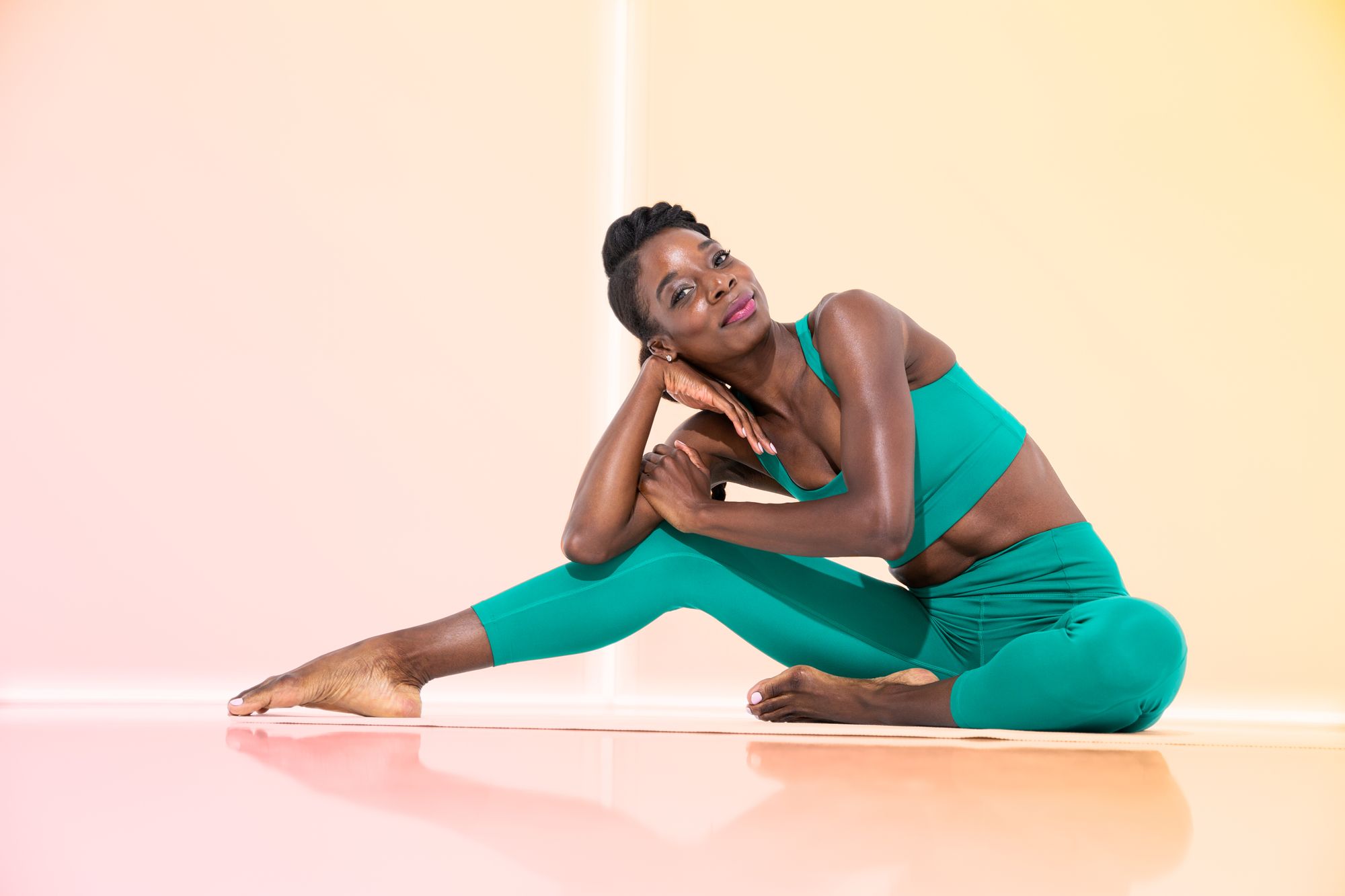


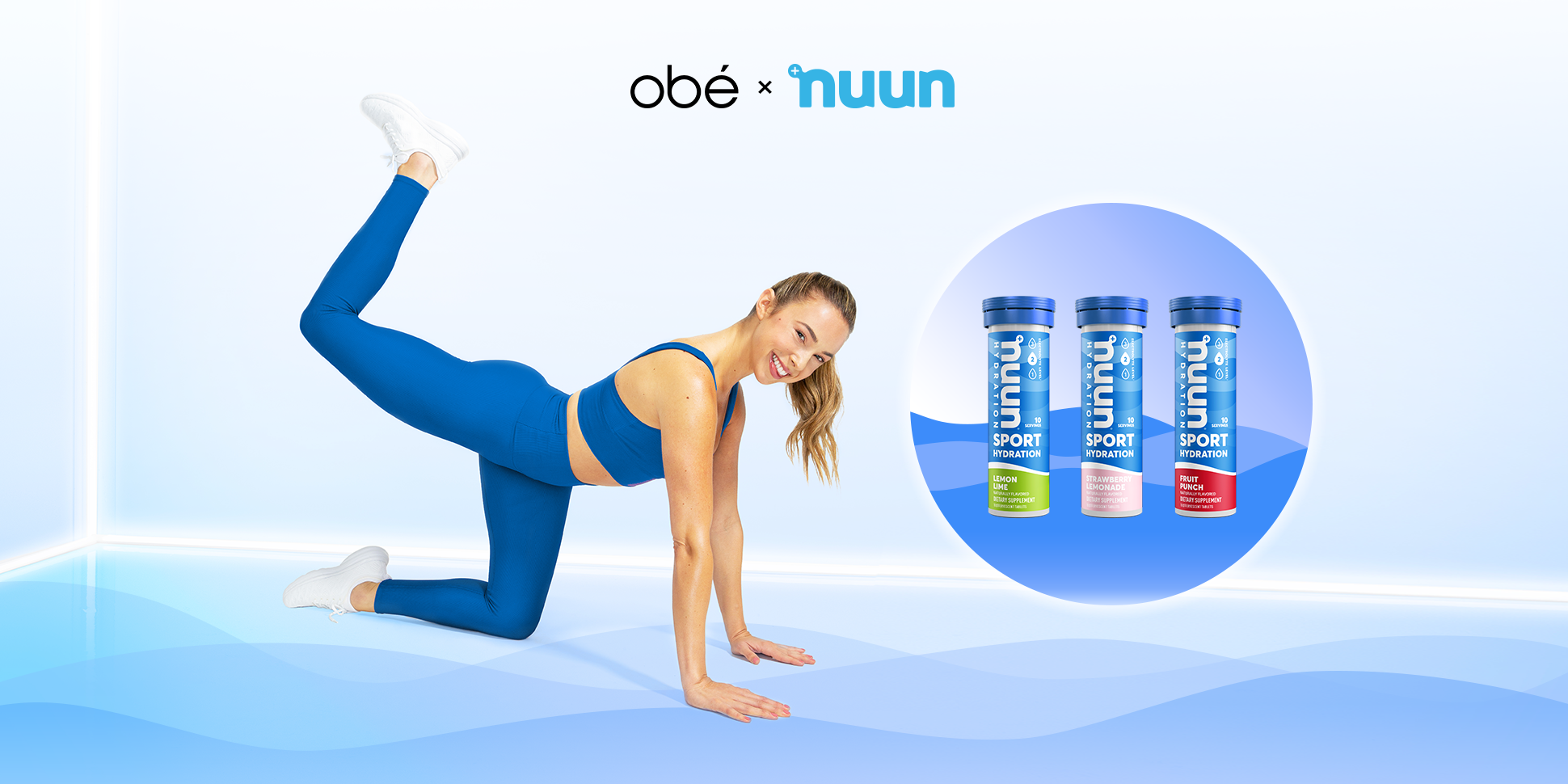




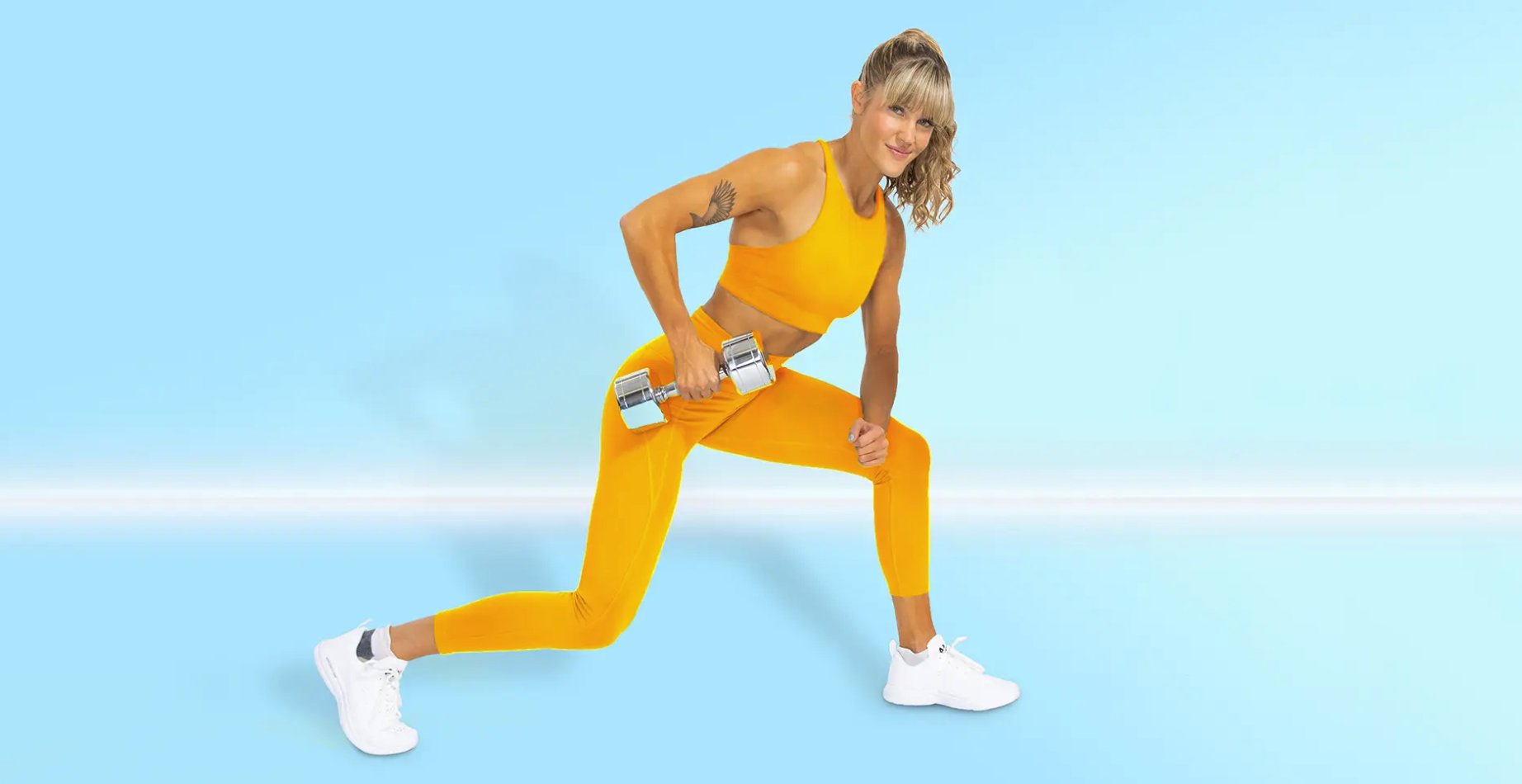


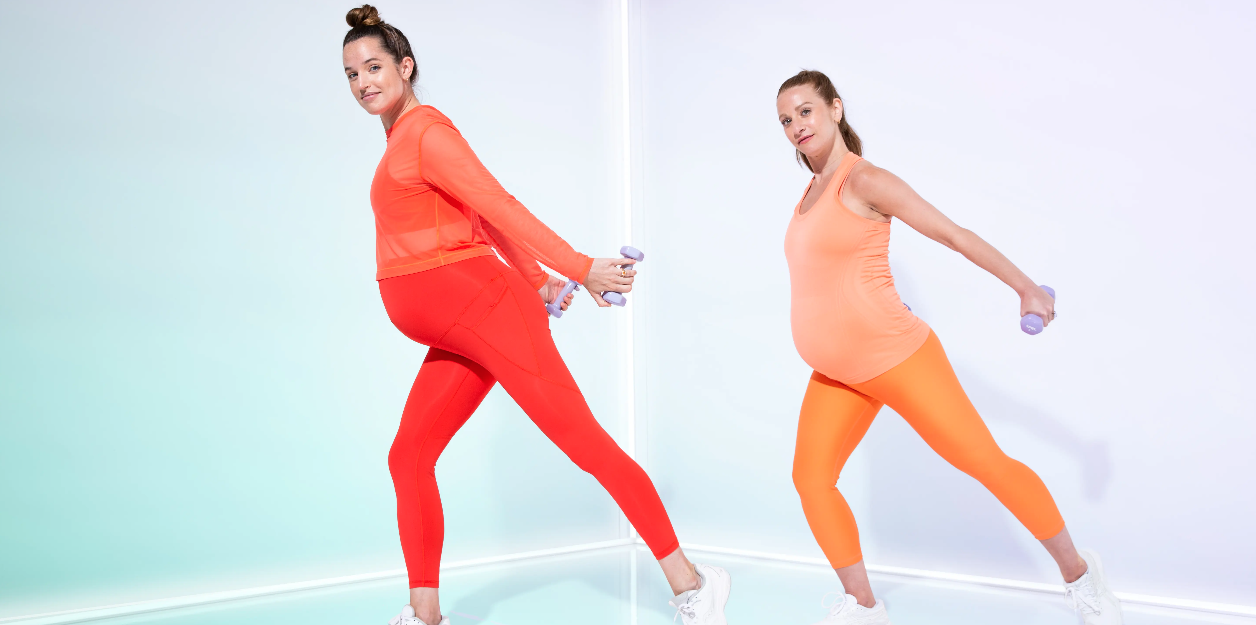

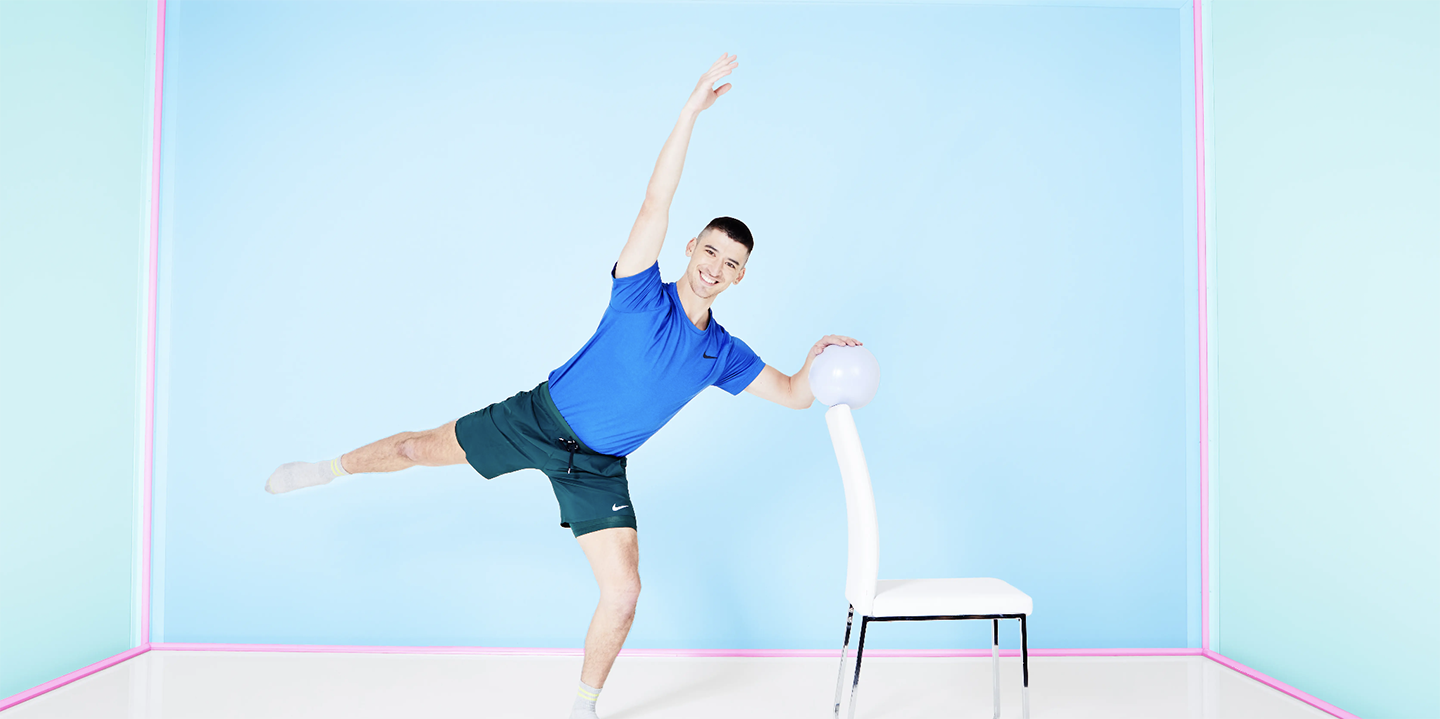





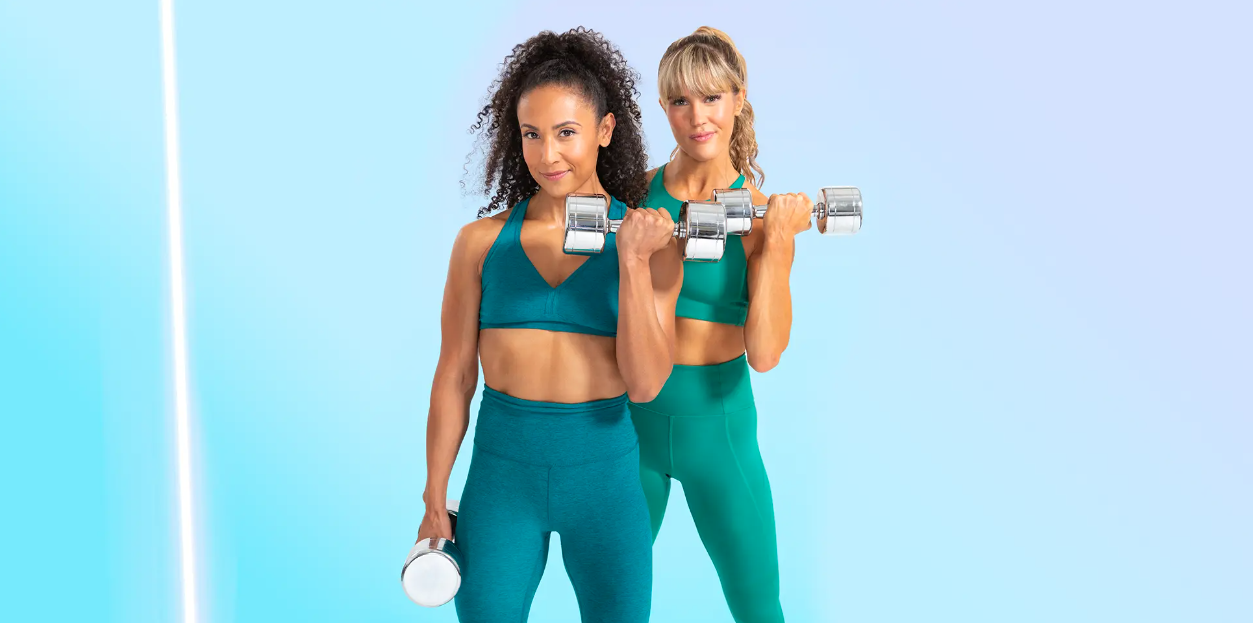



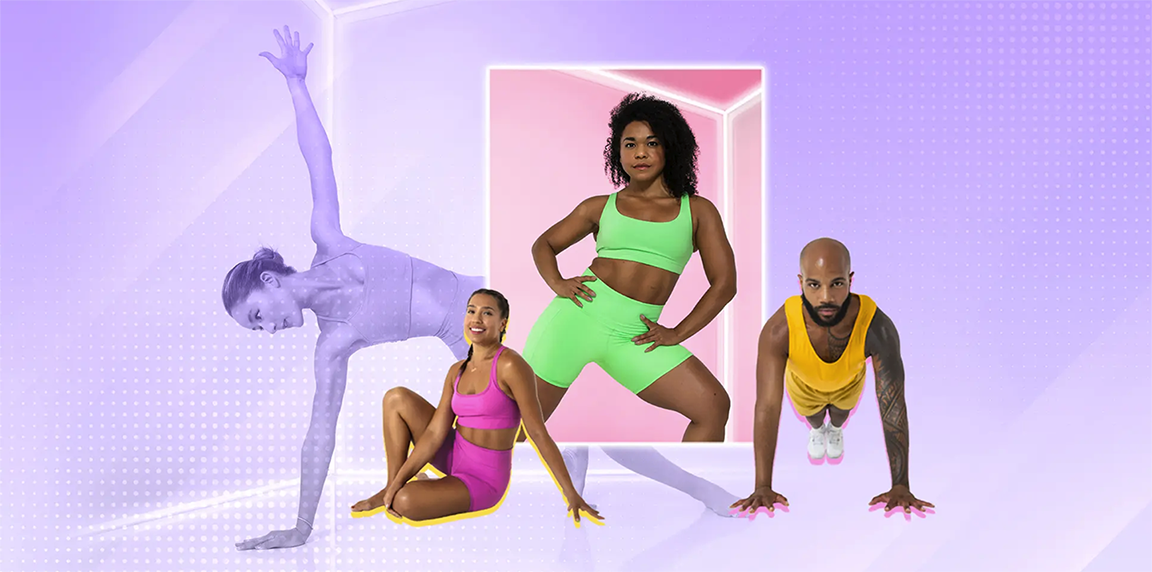



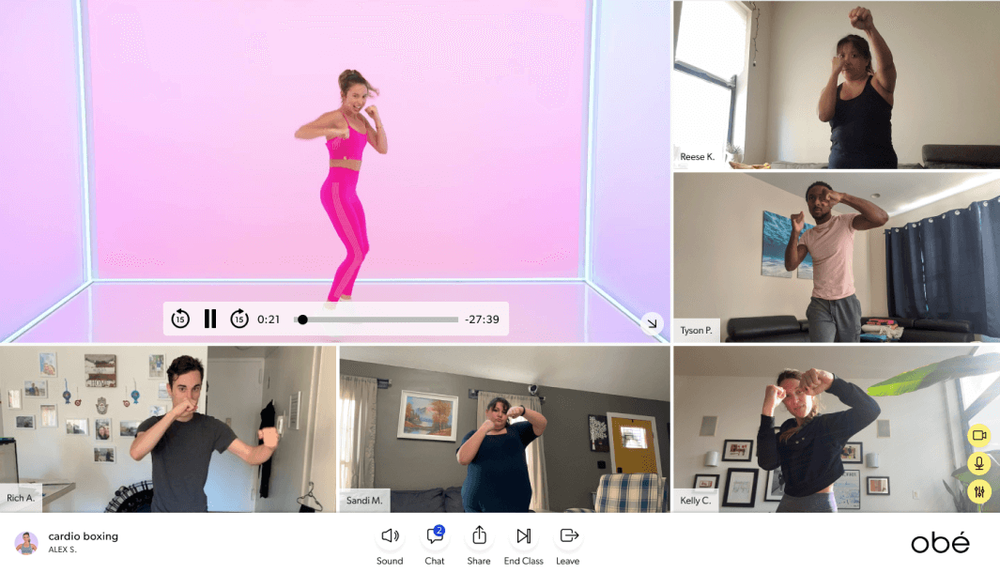


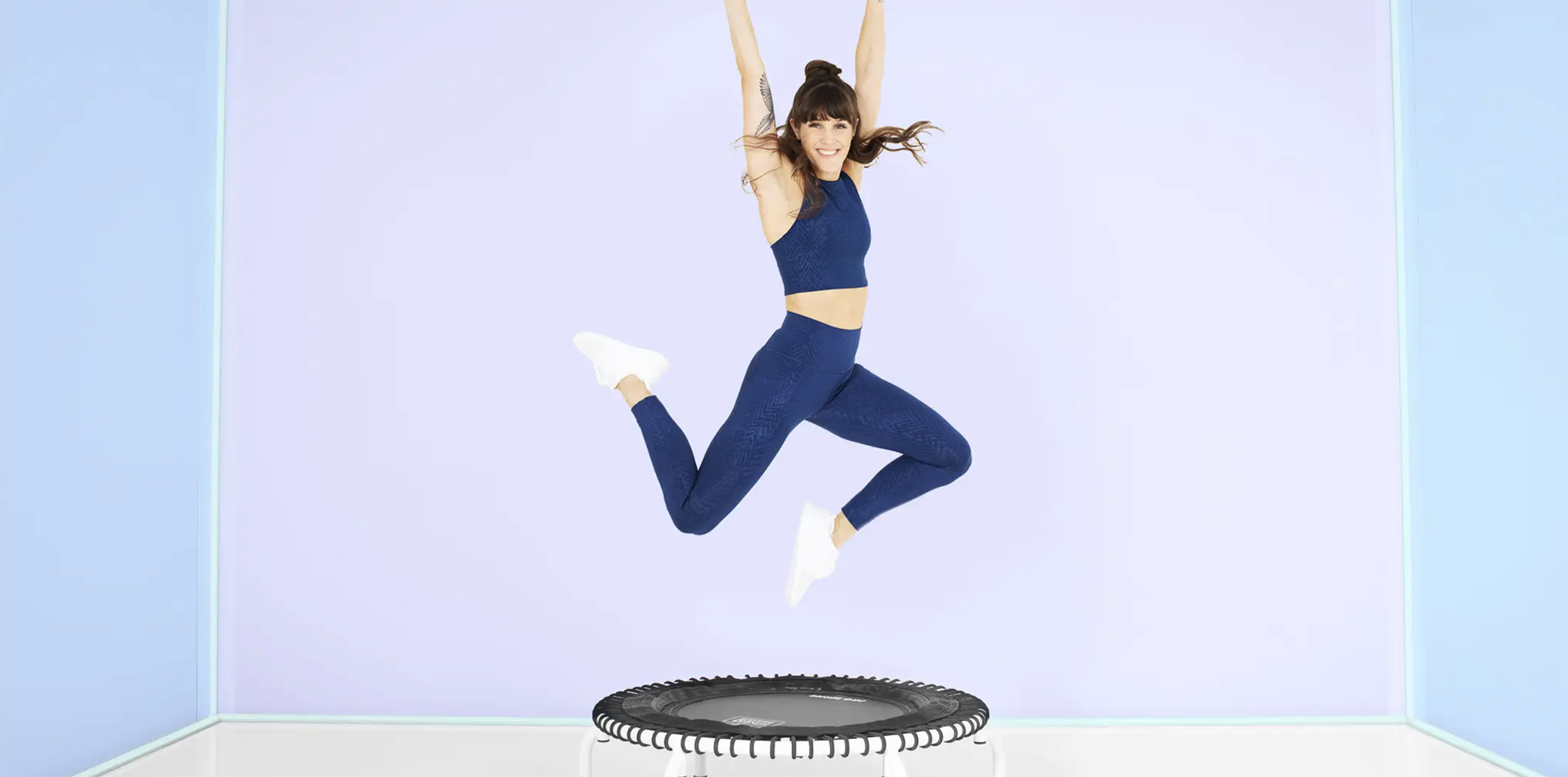





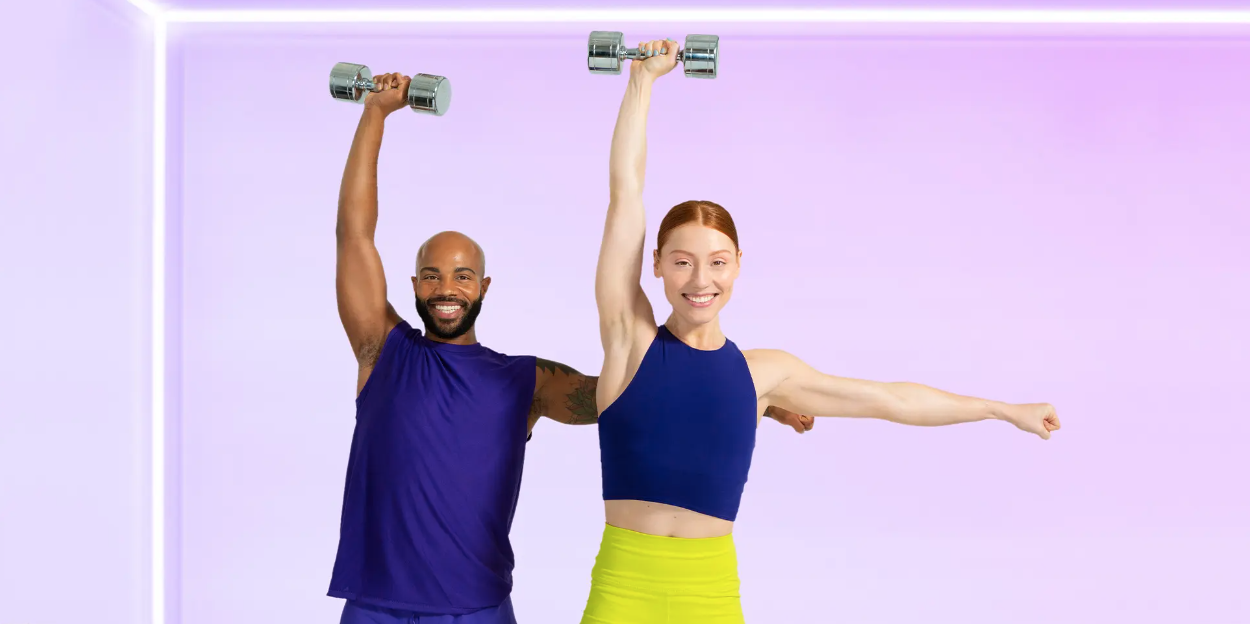



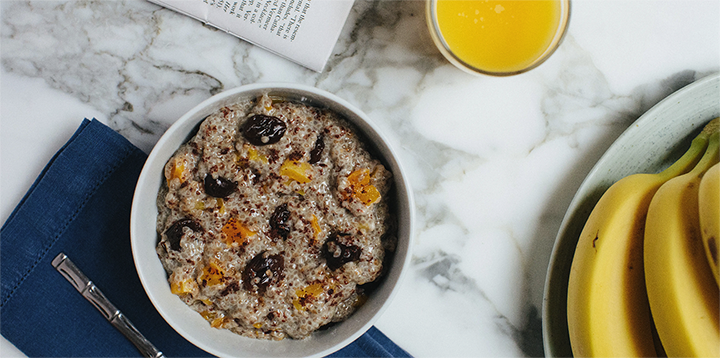










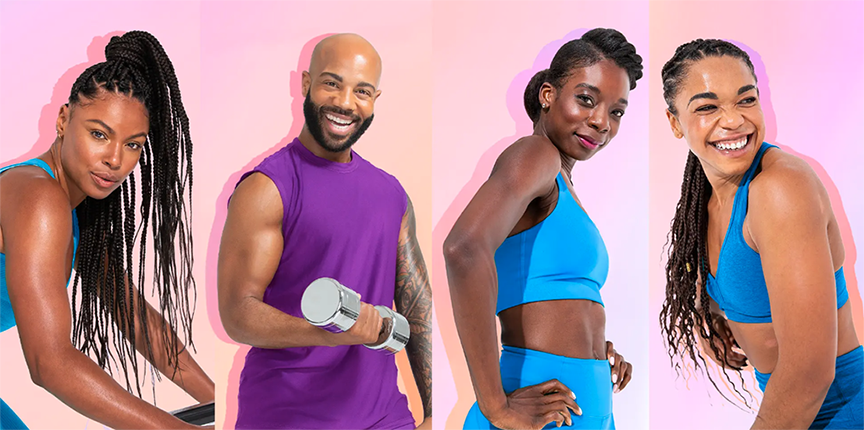
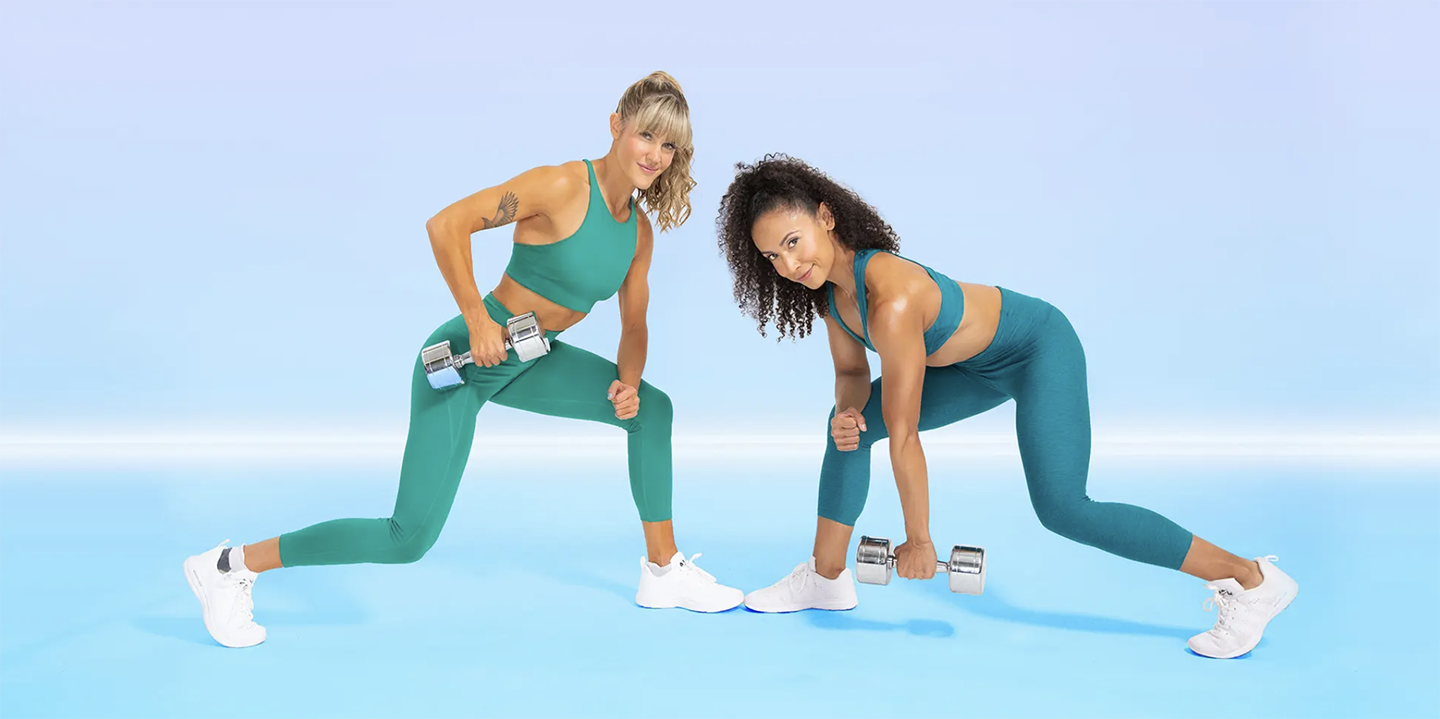



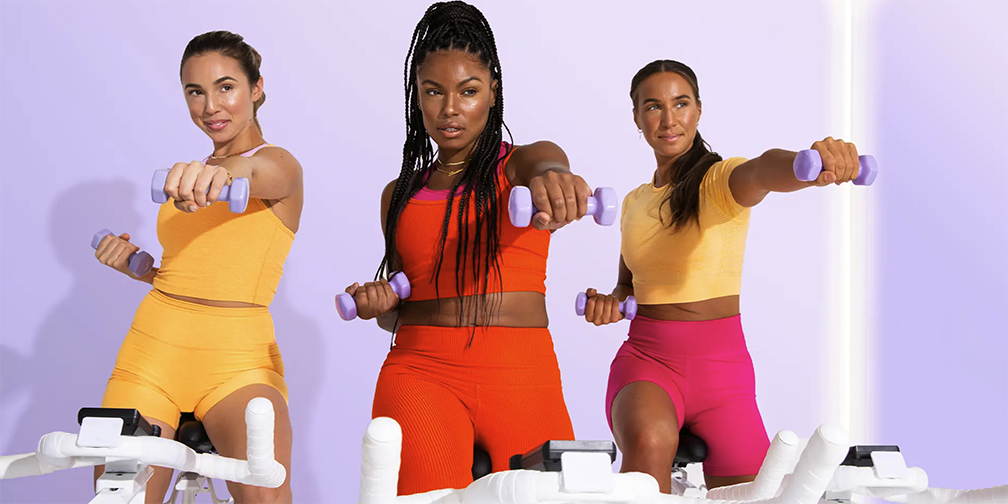

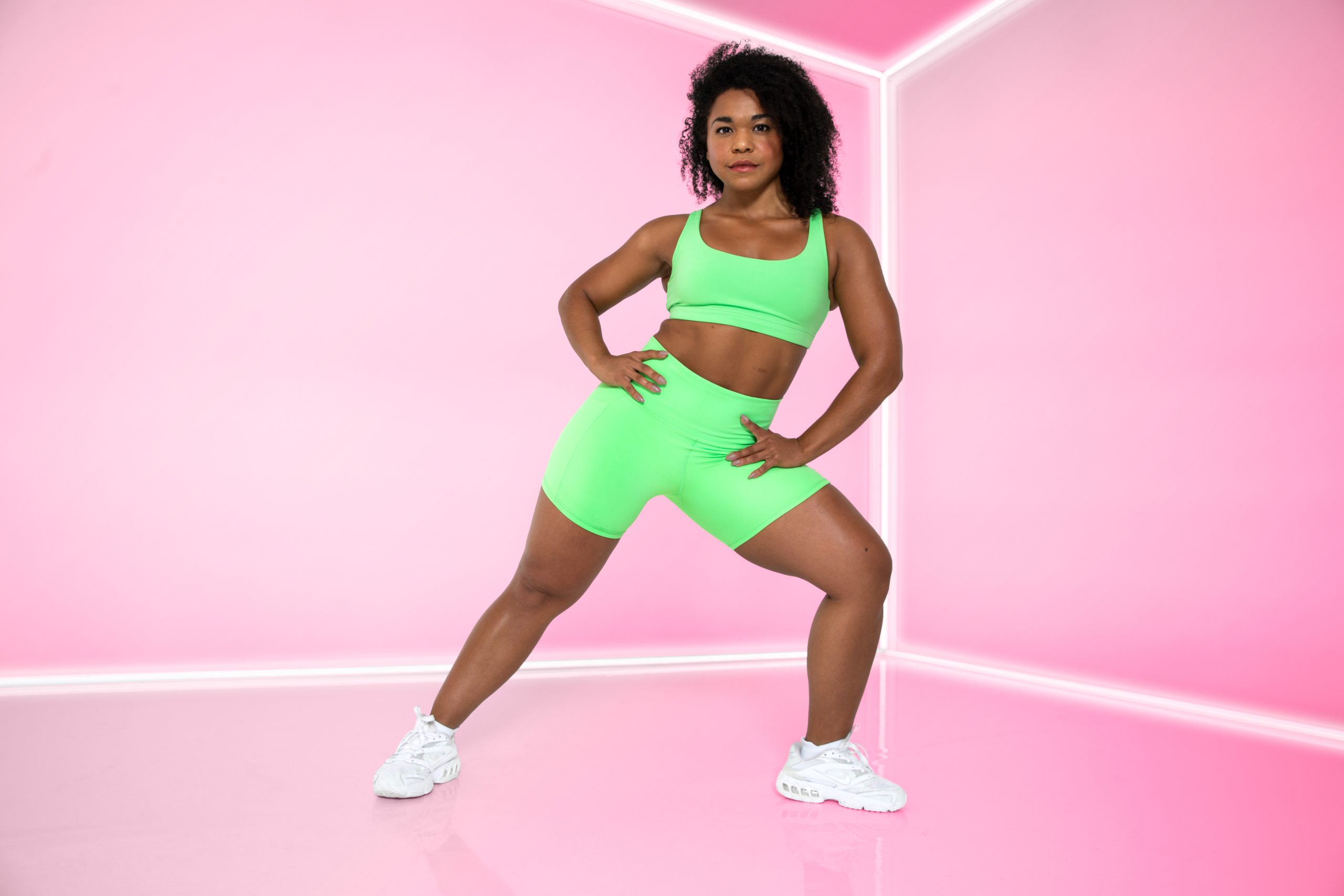

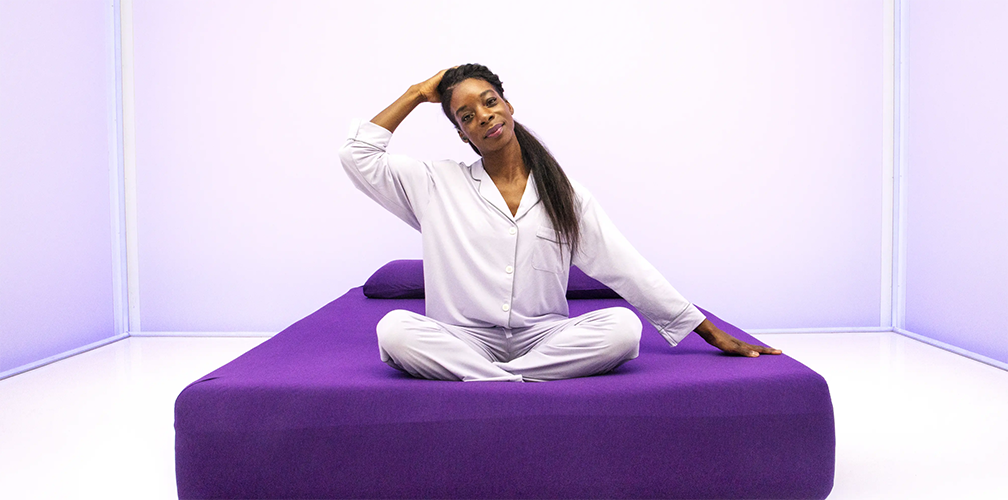


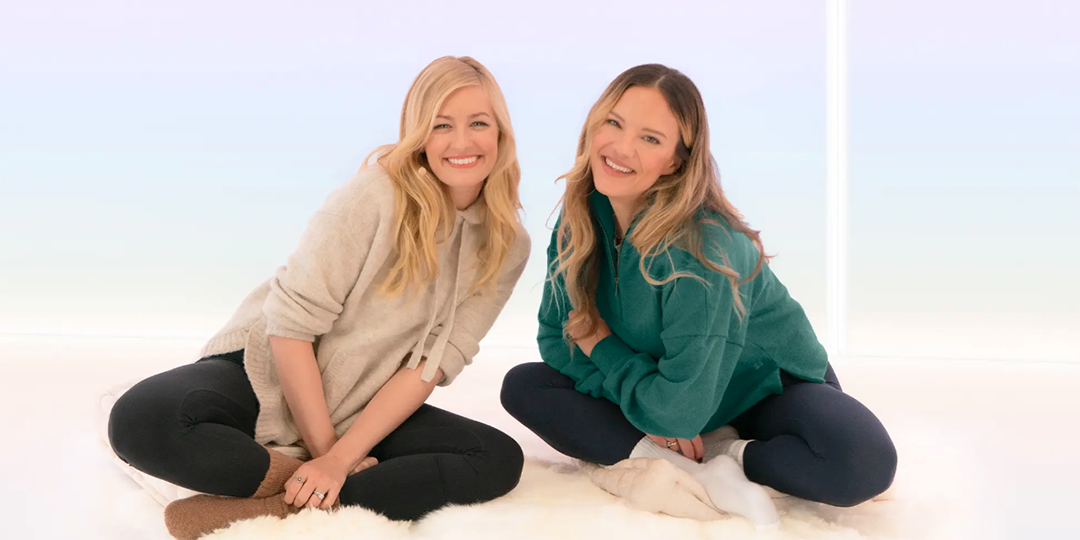



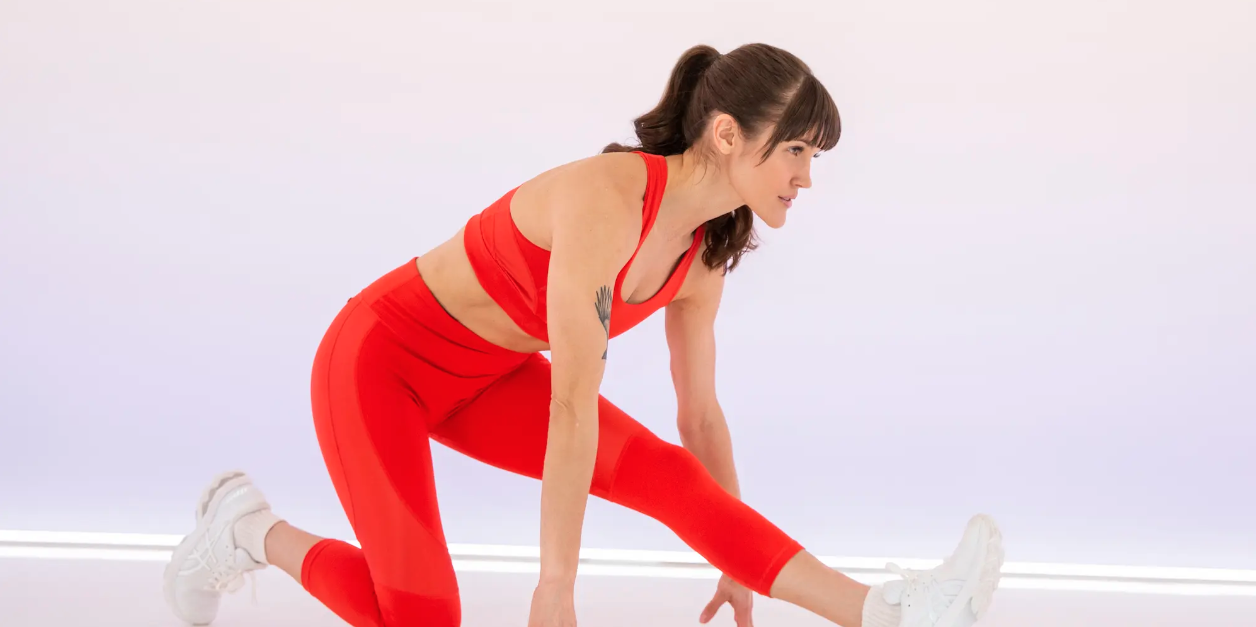


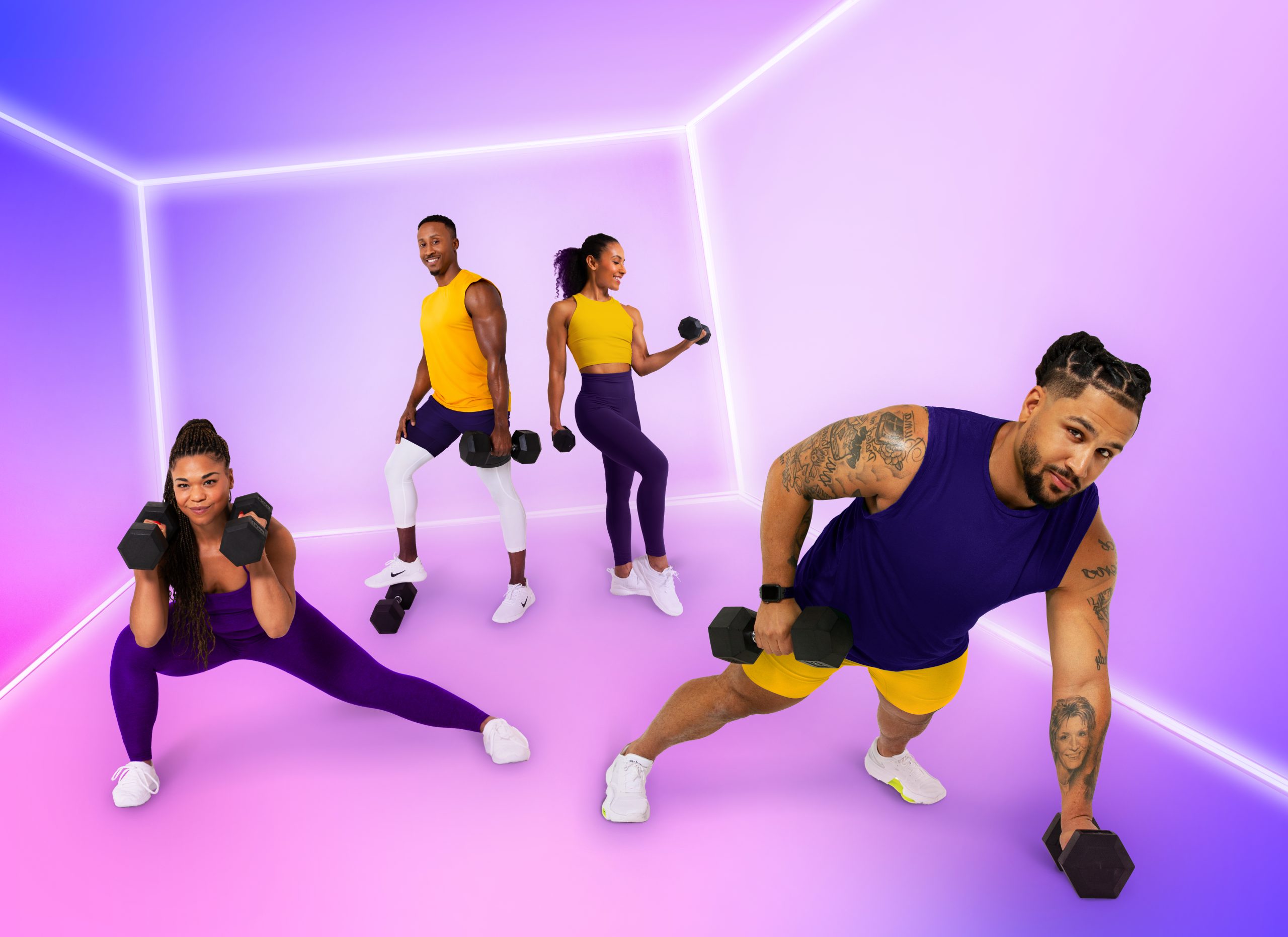
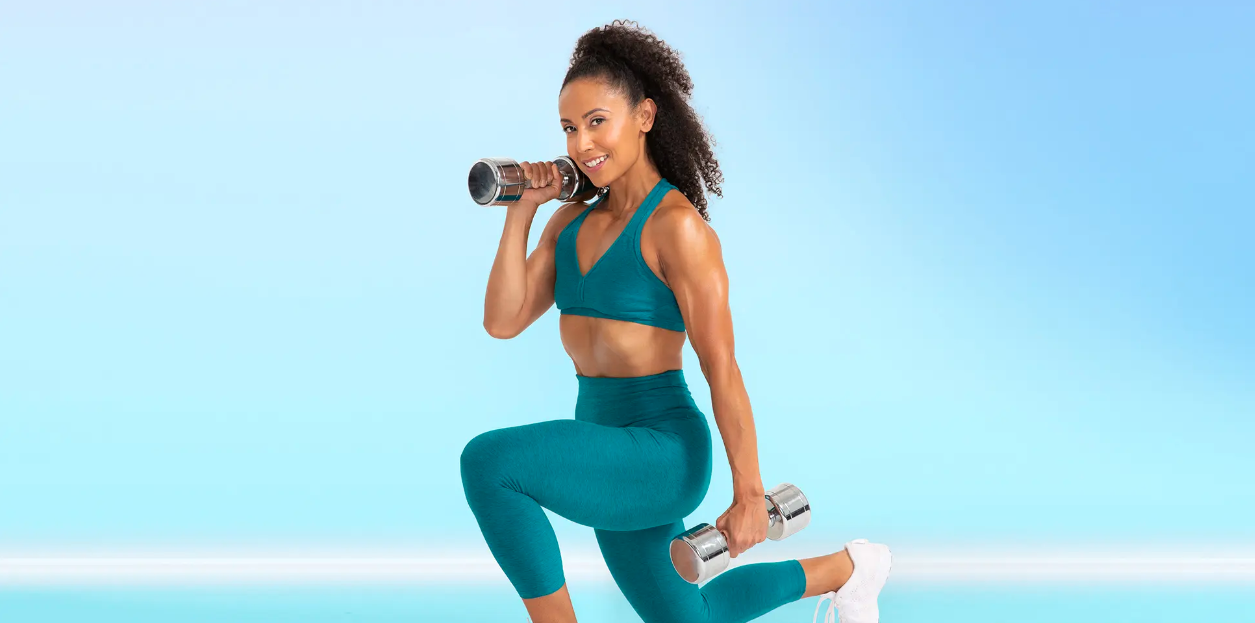
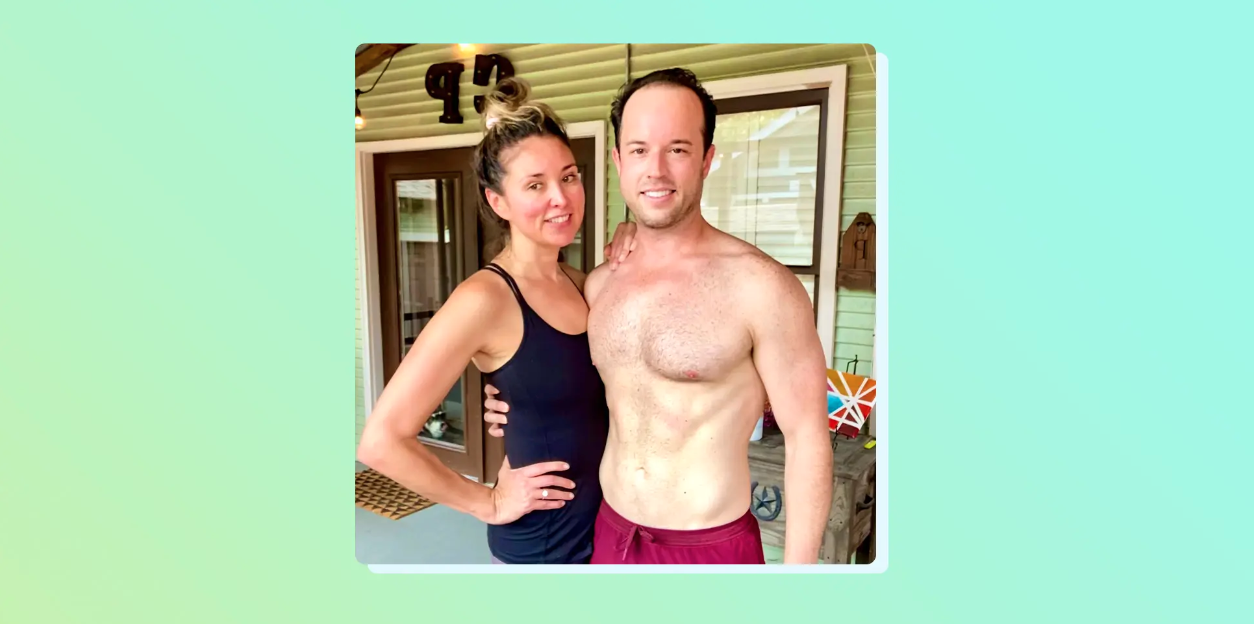



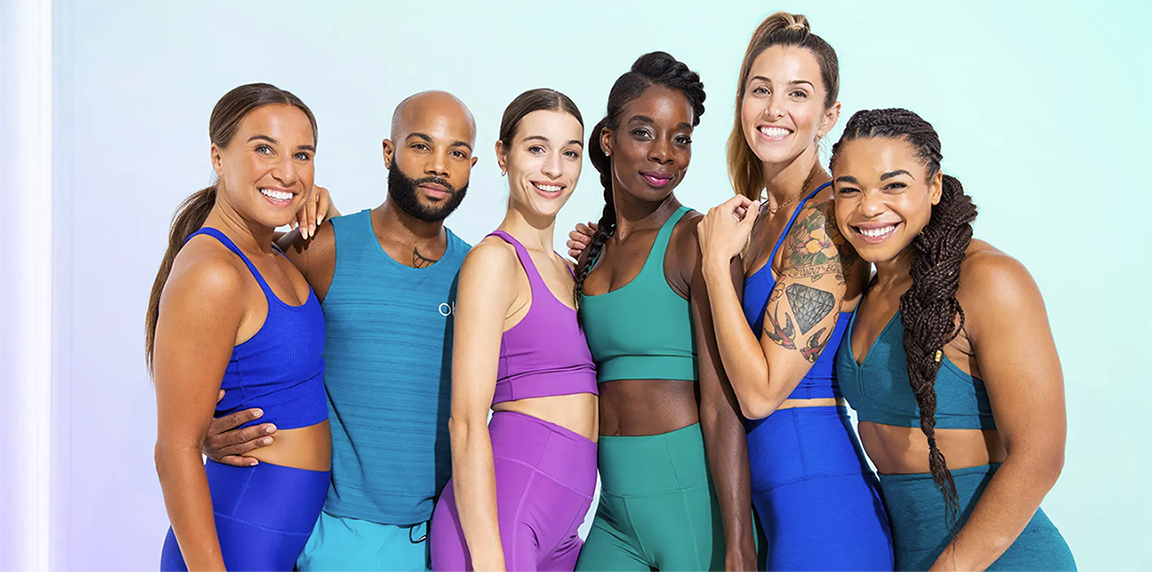
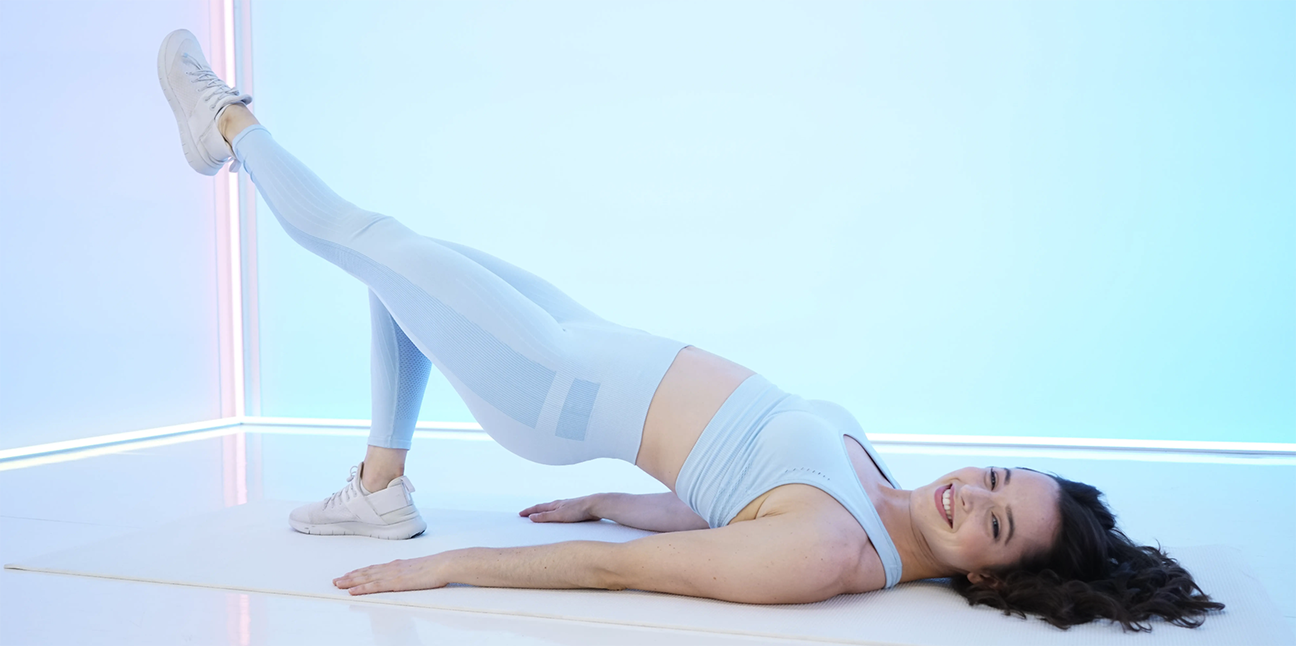



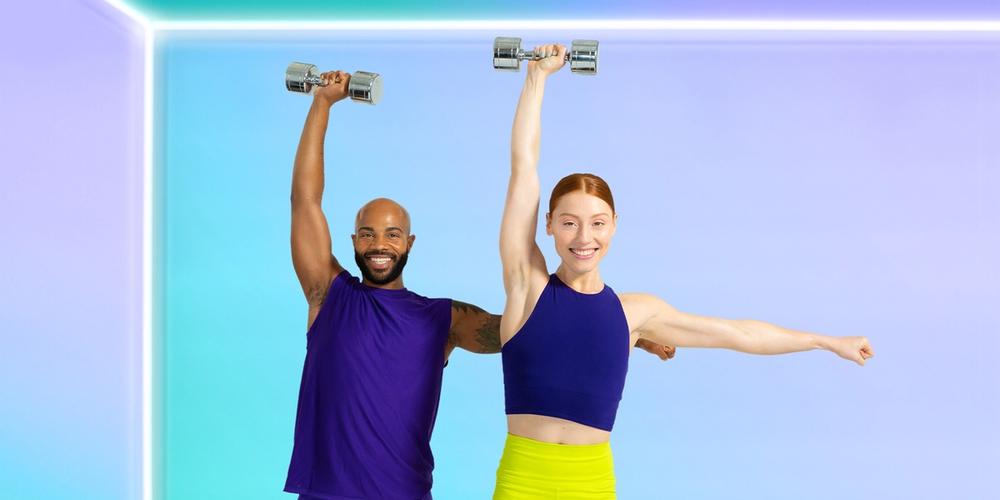

Leave a Reply